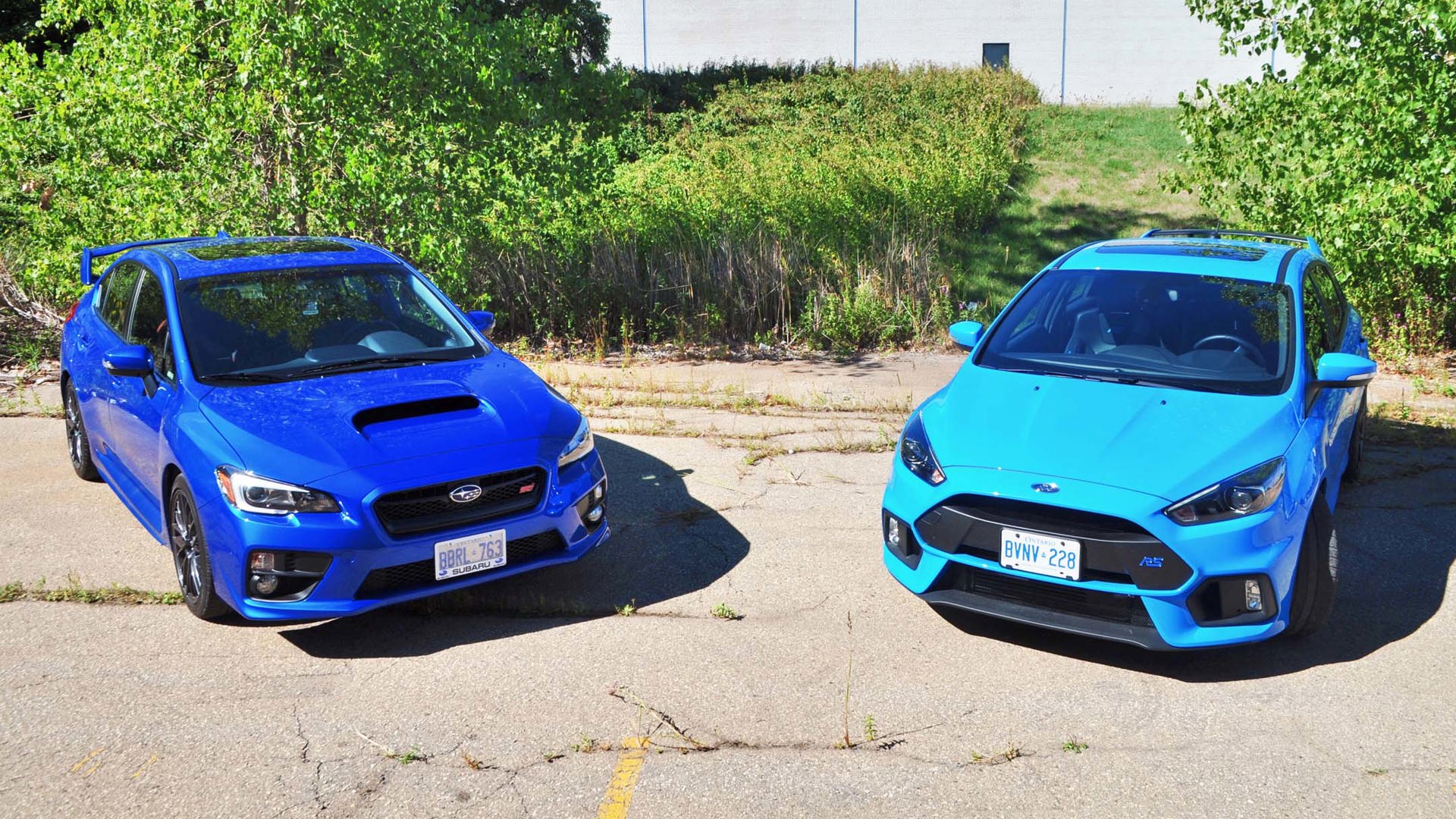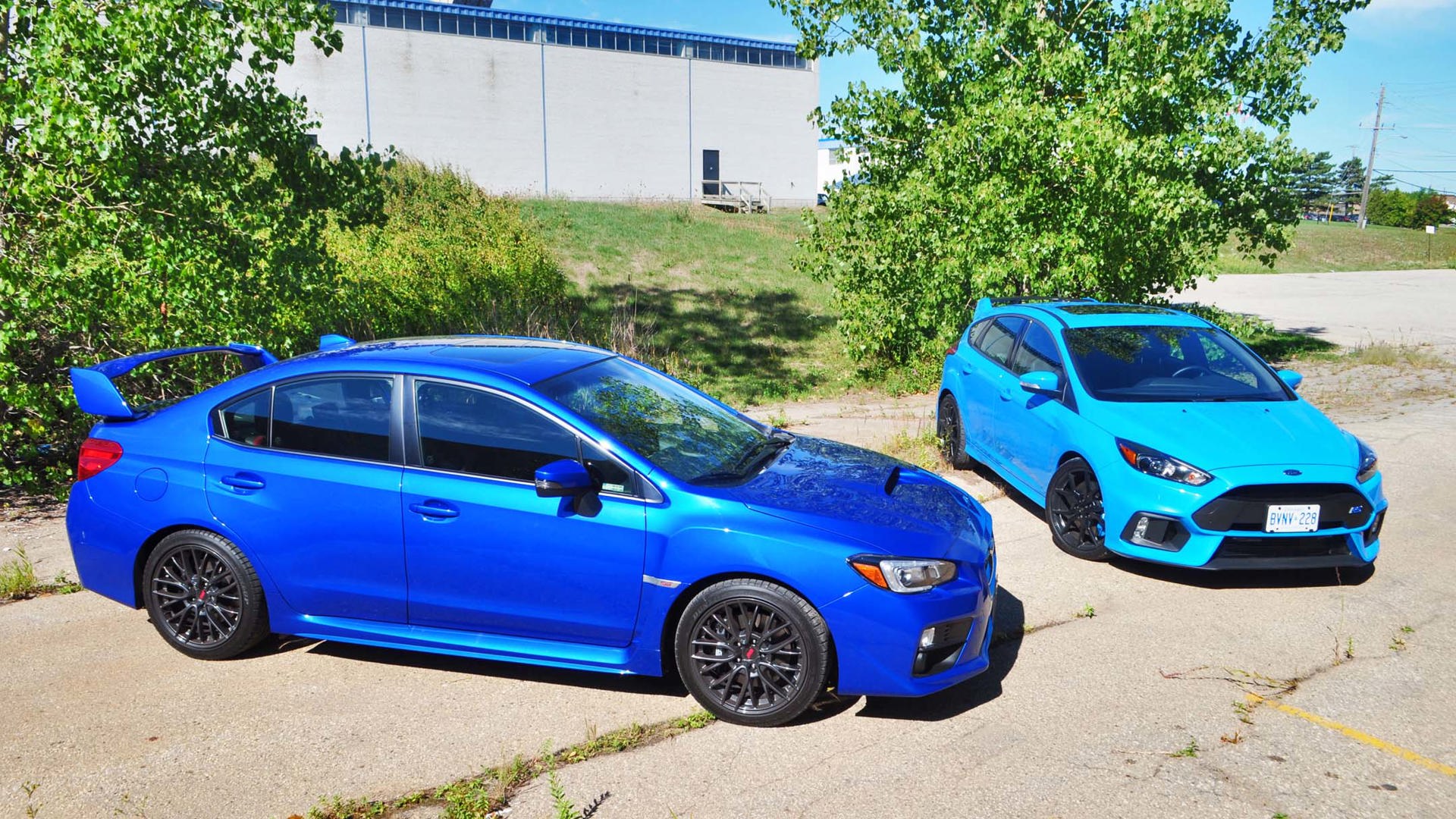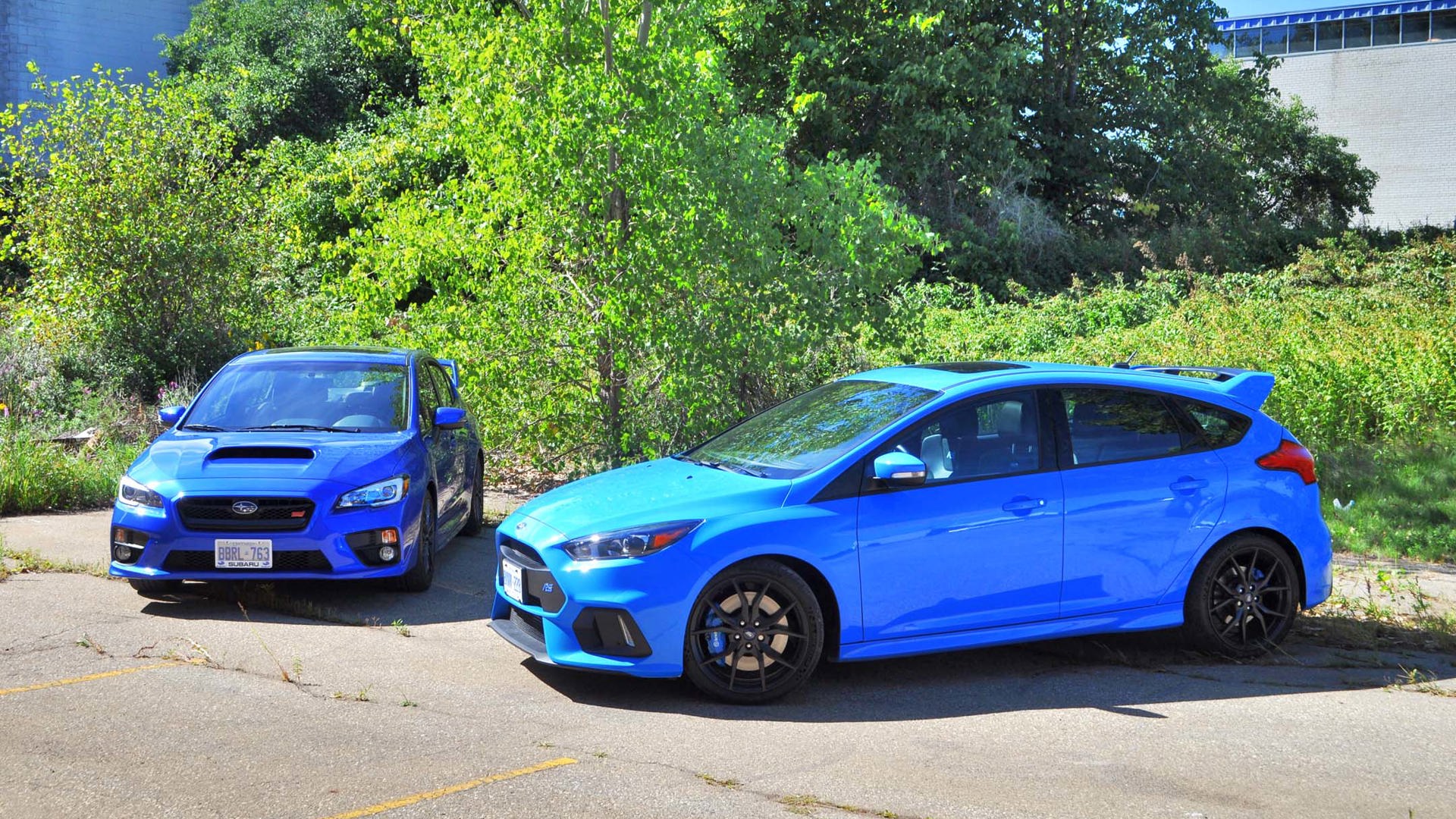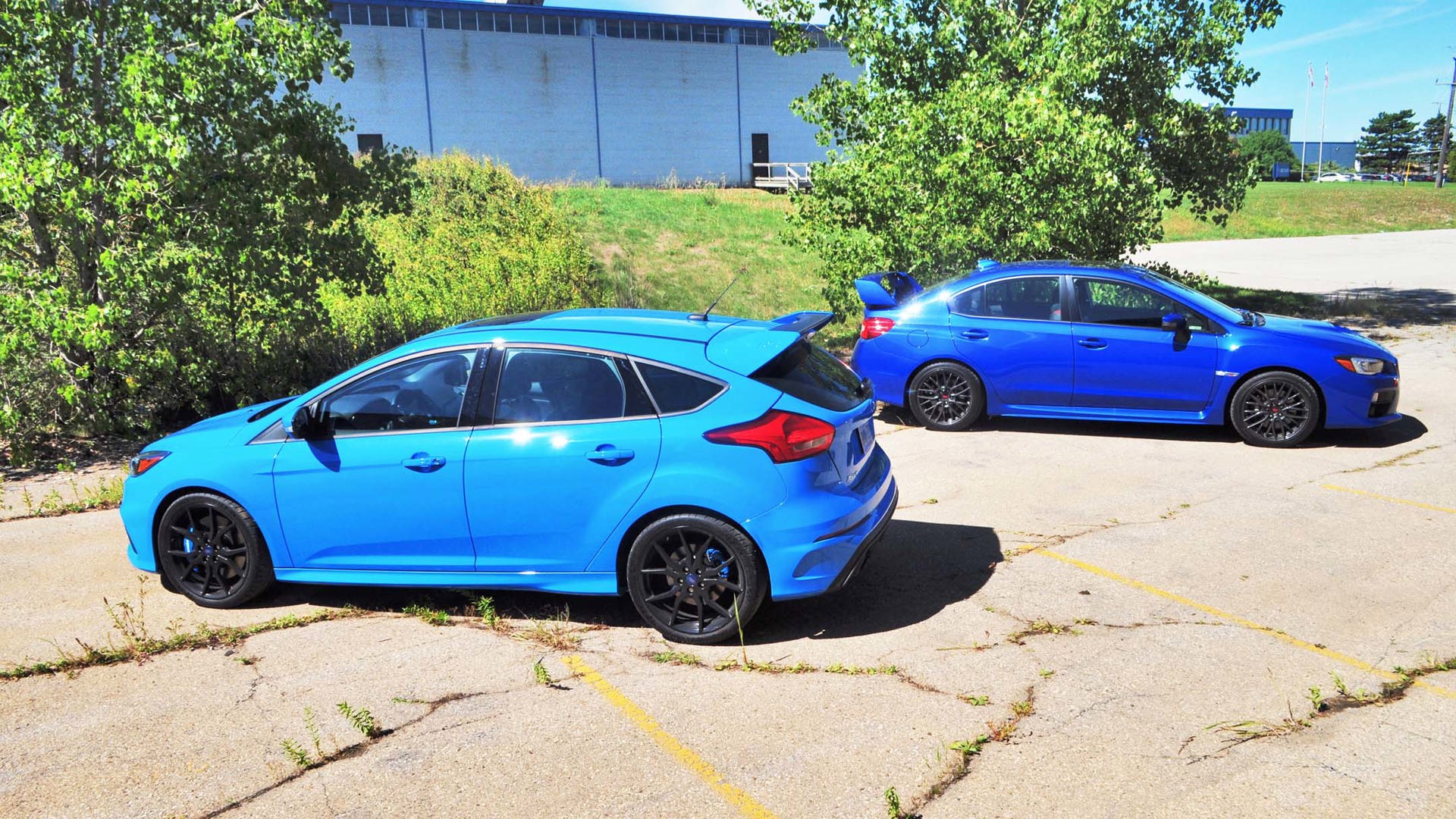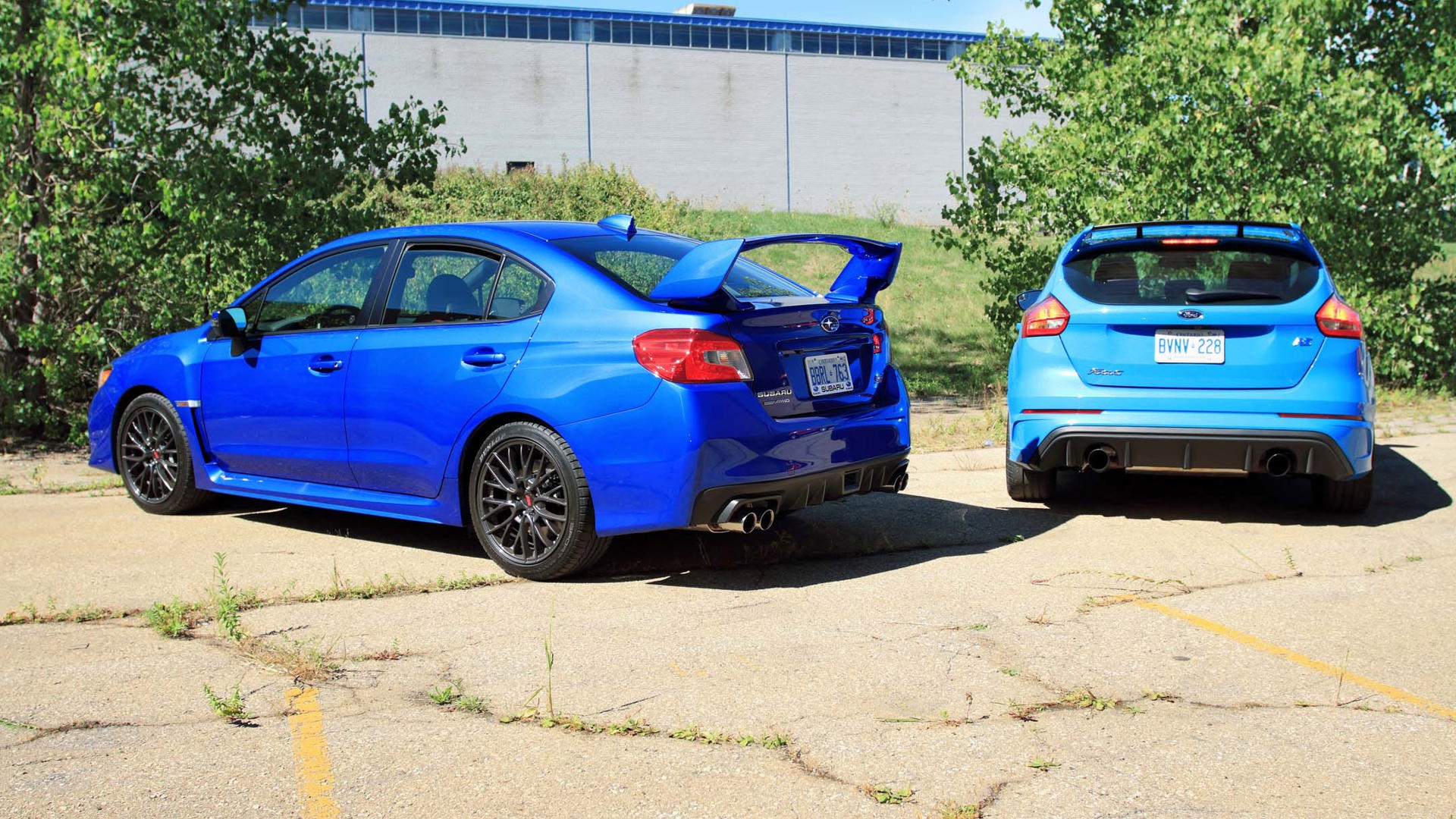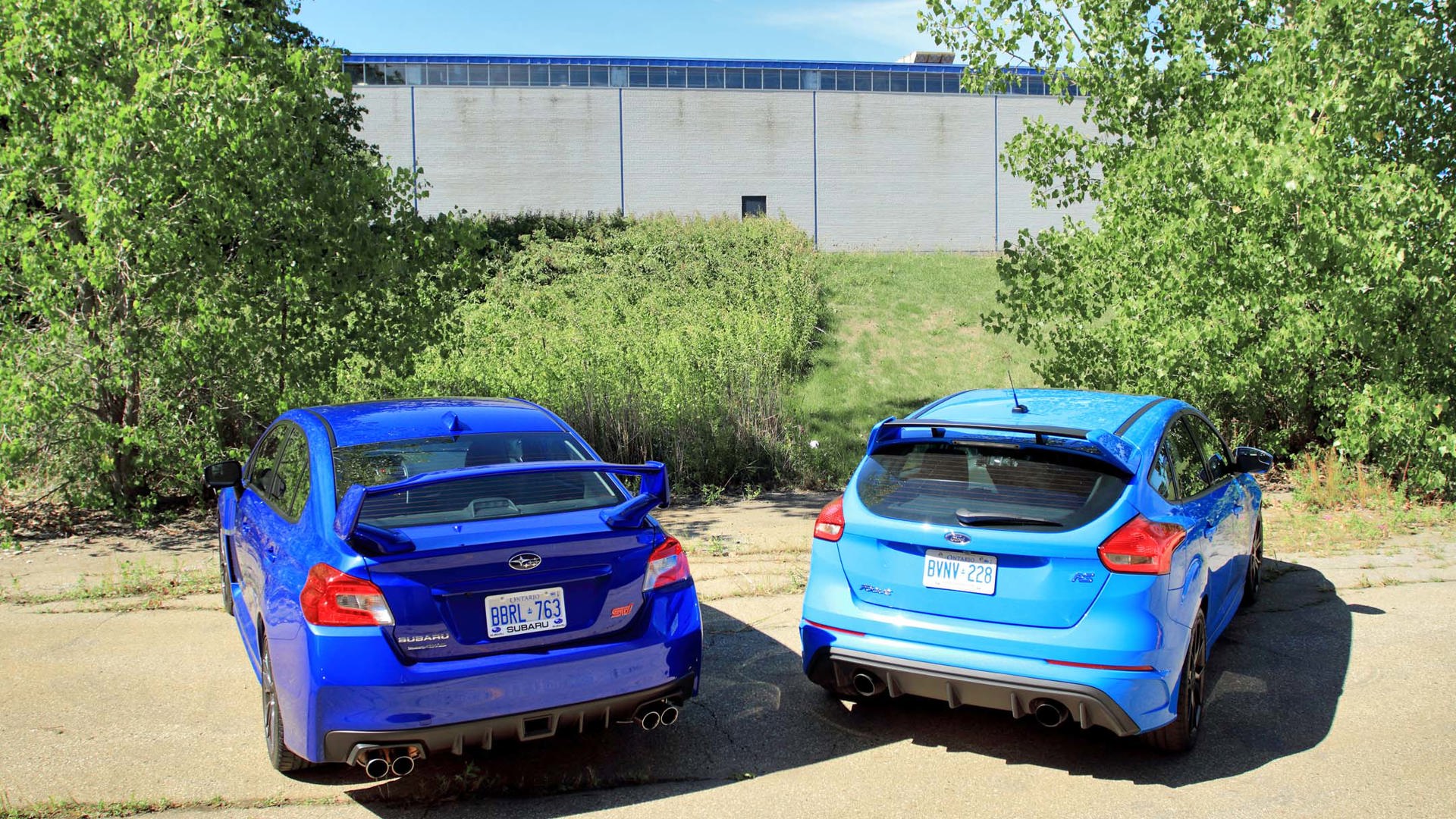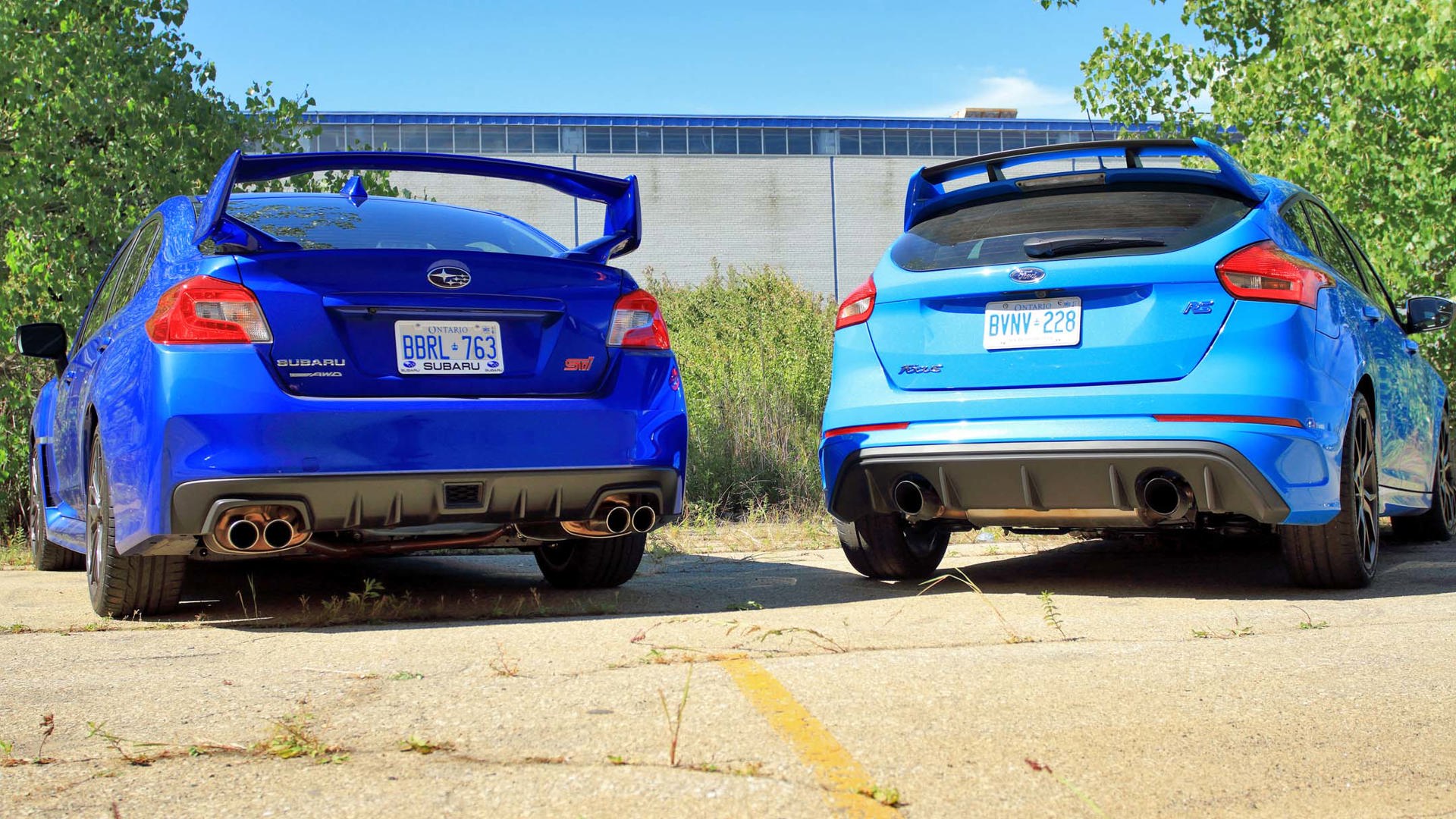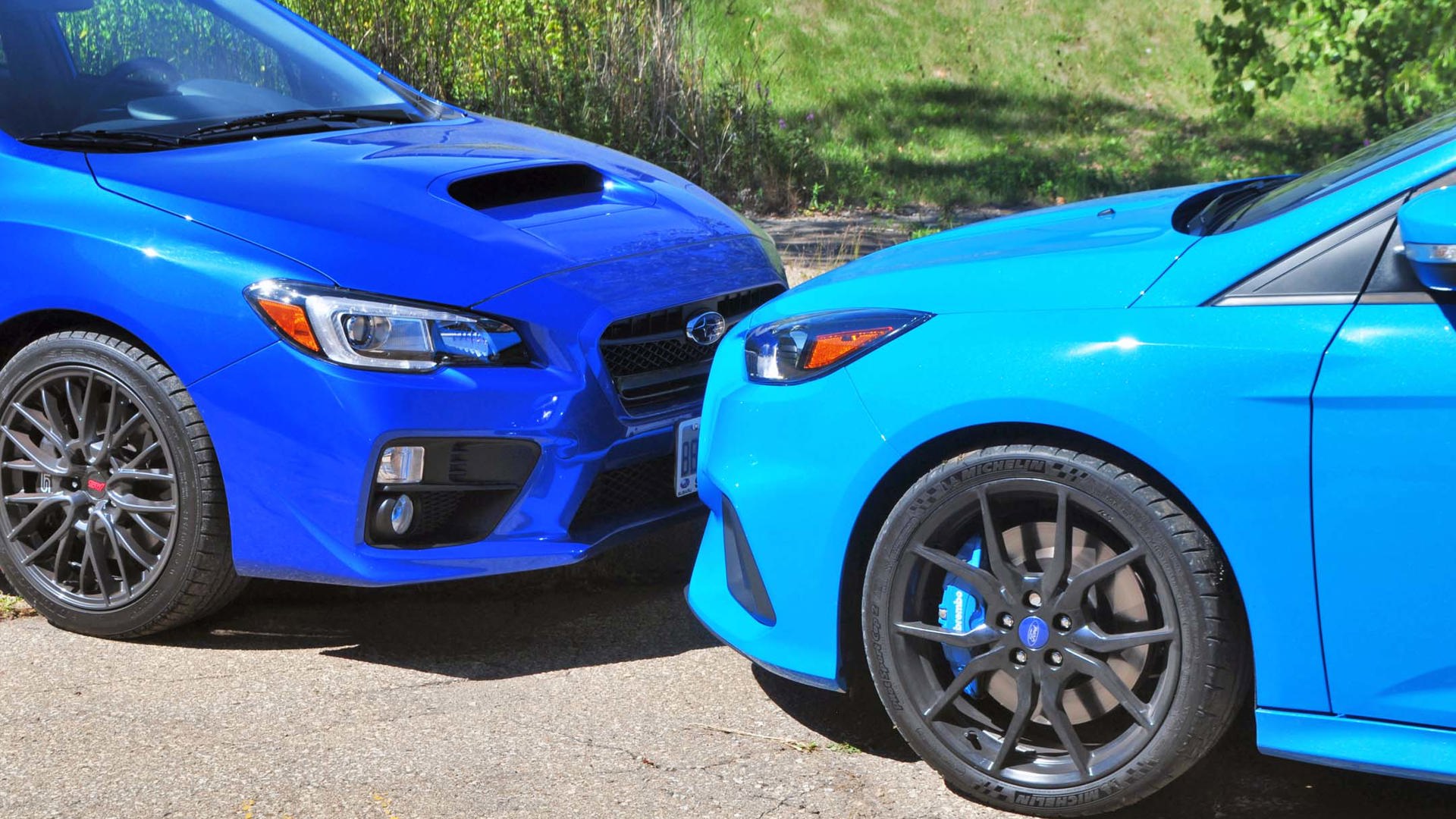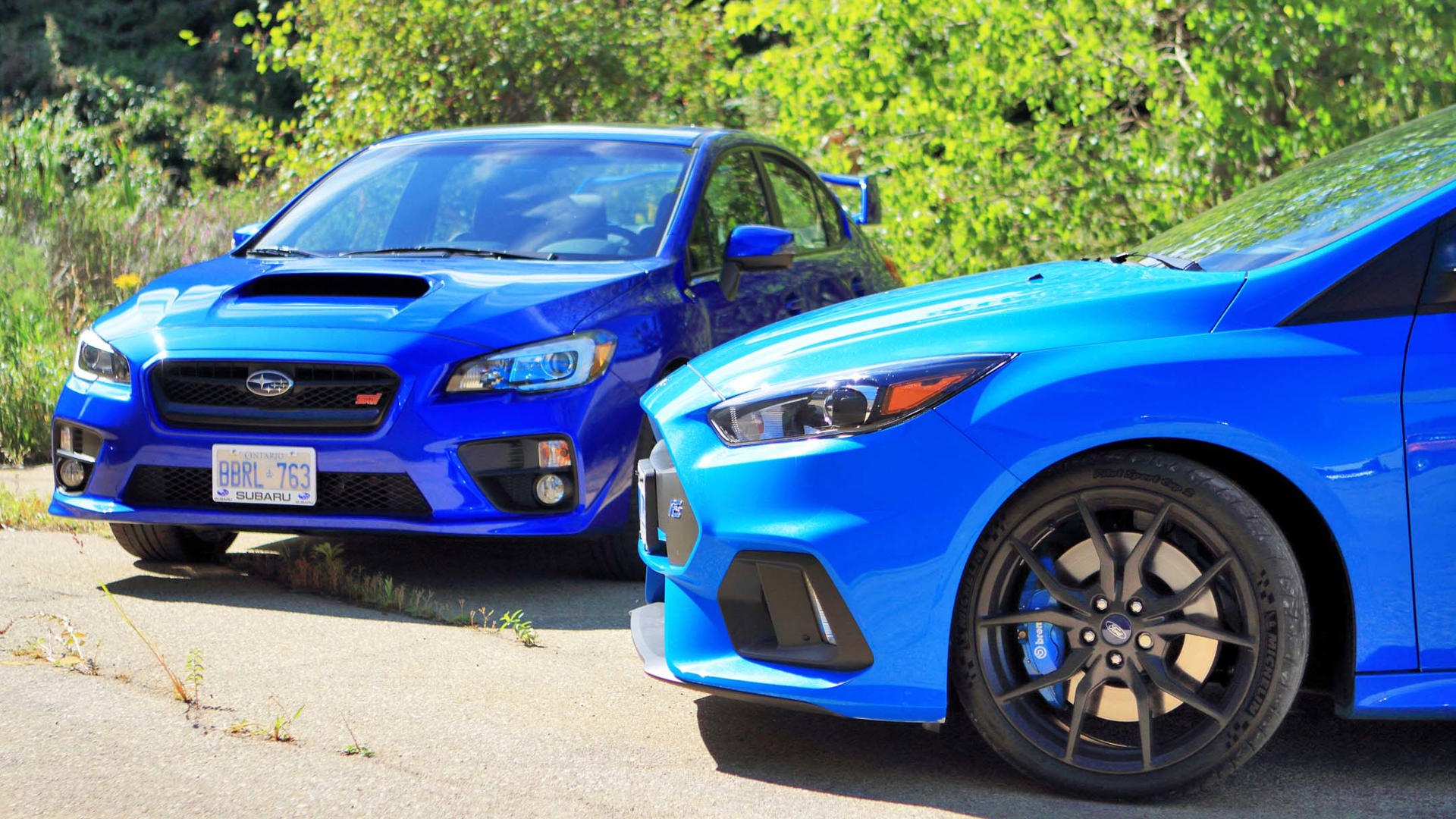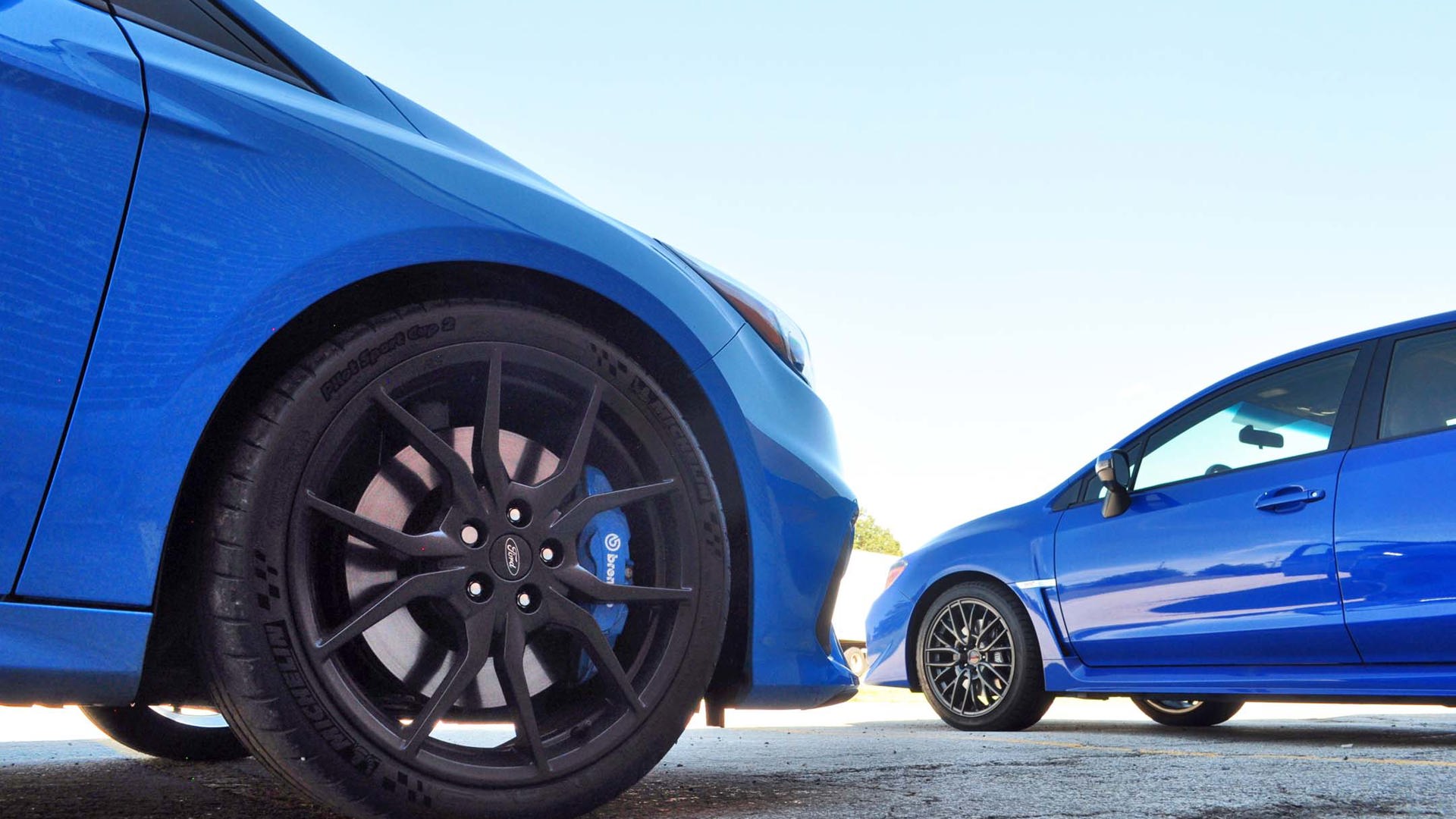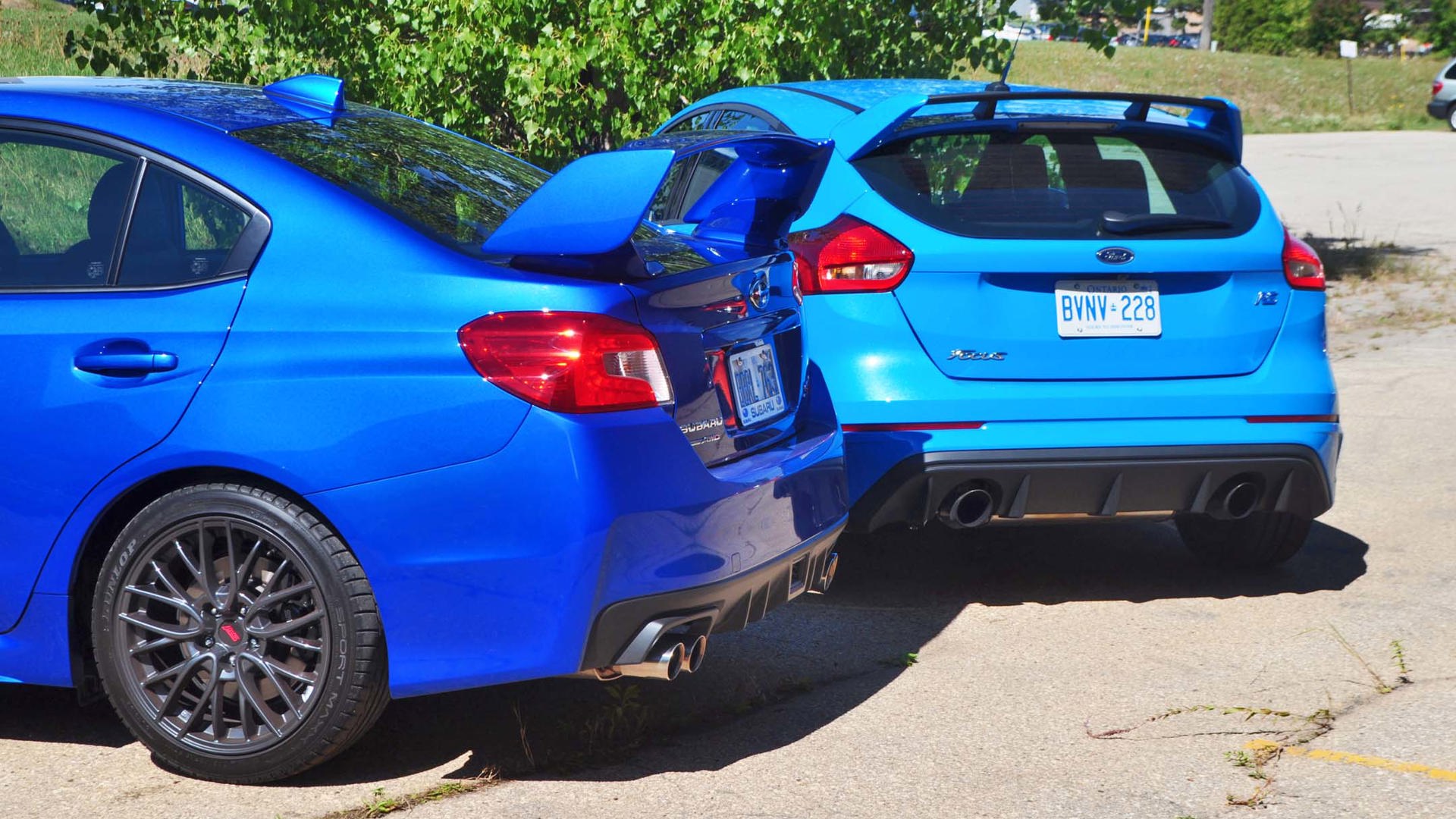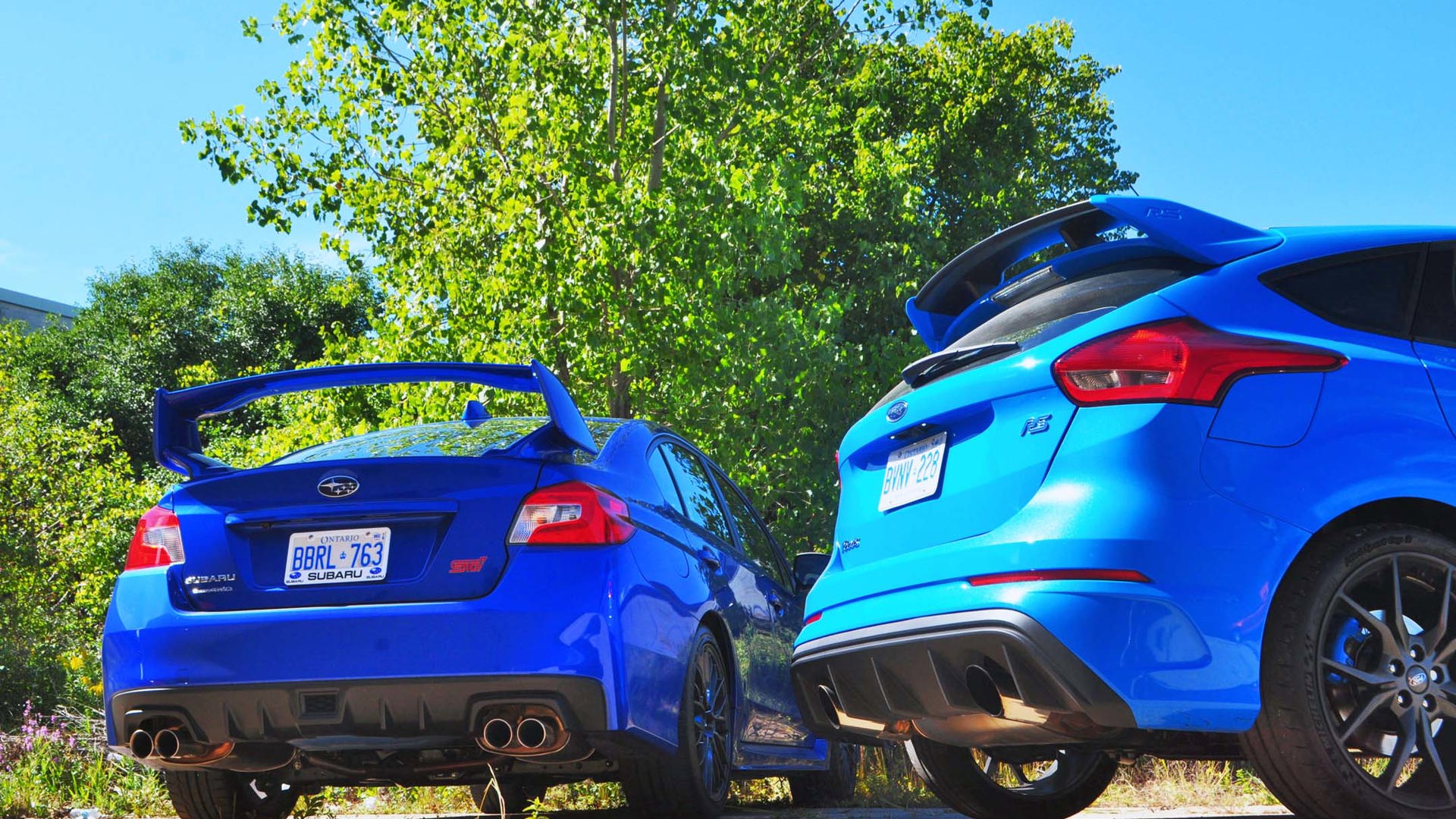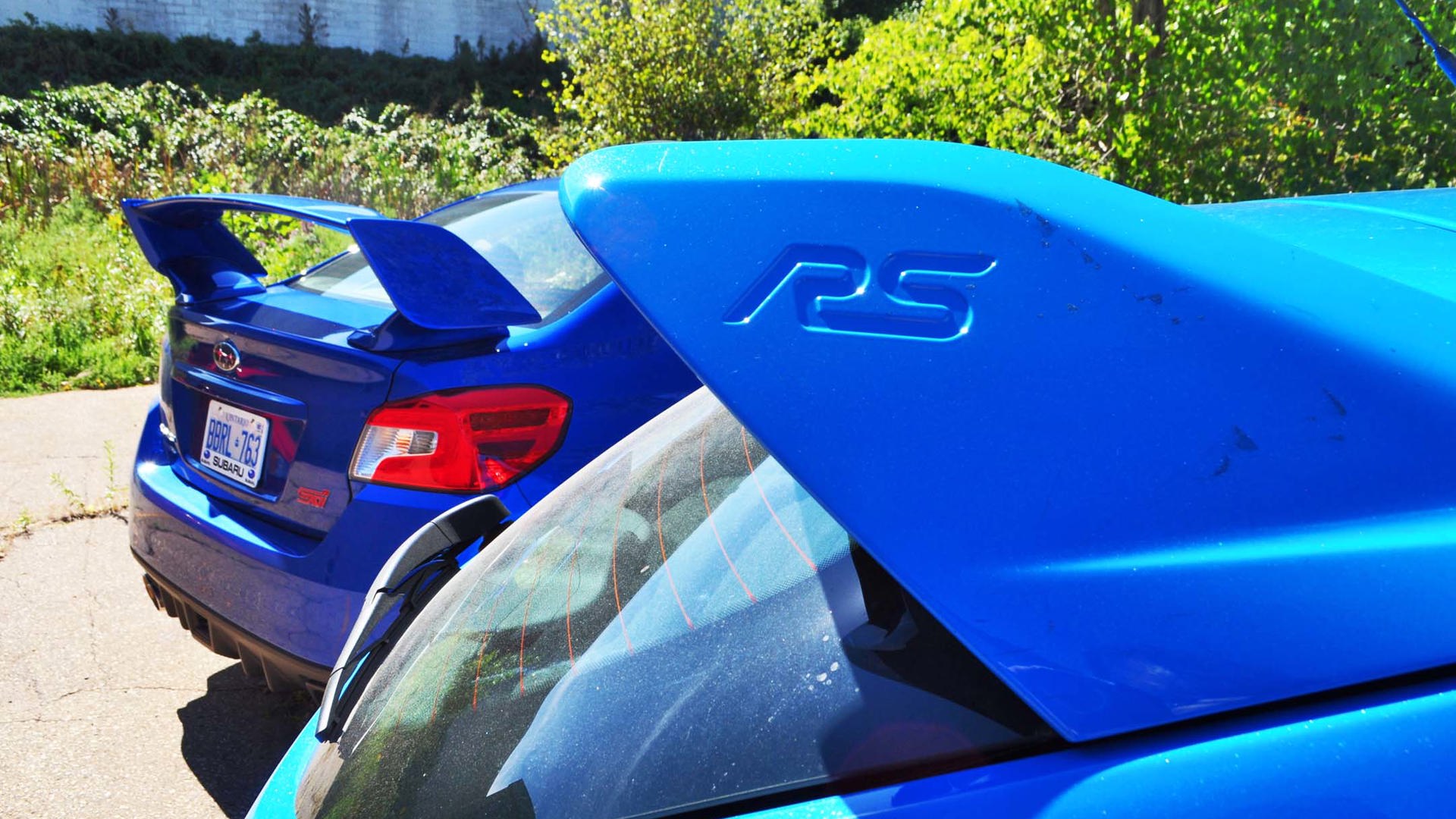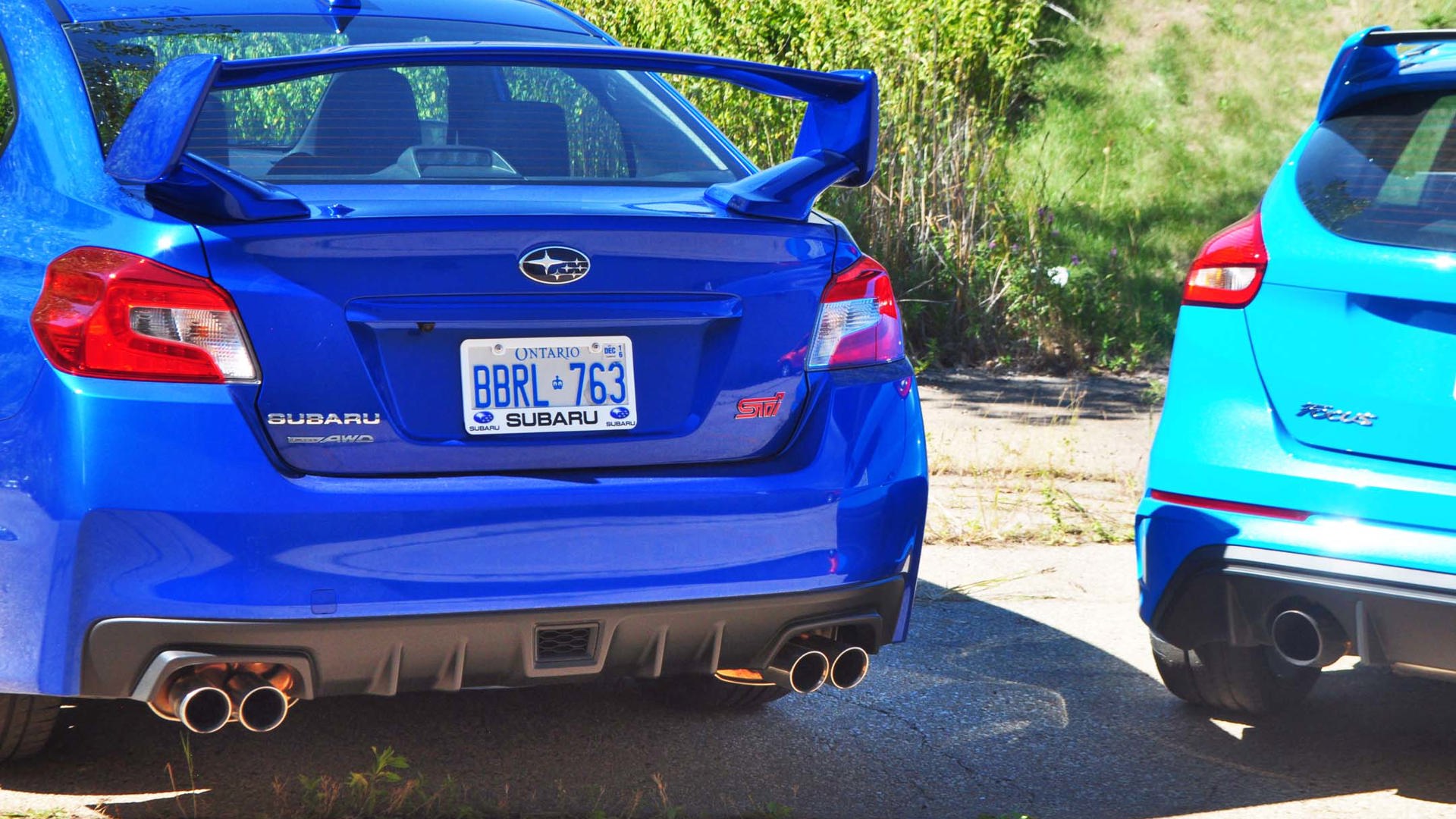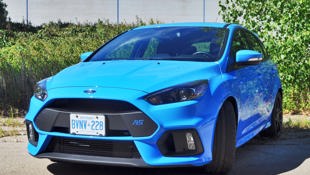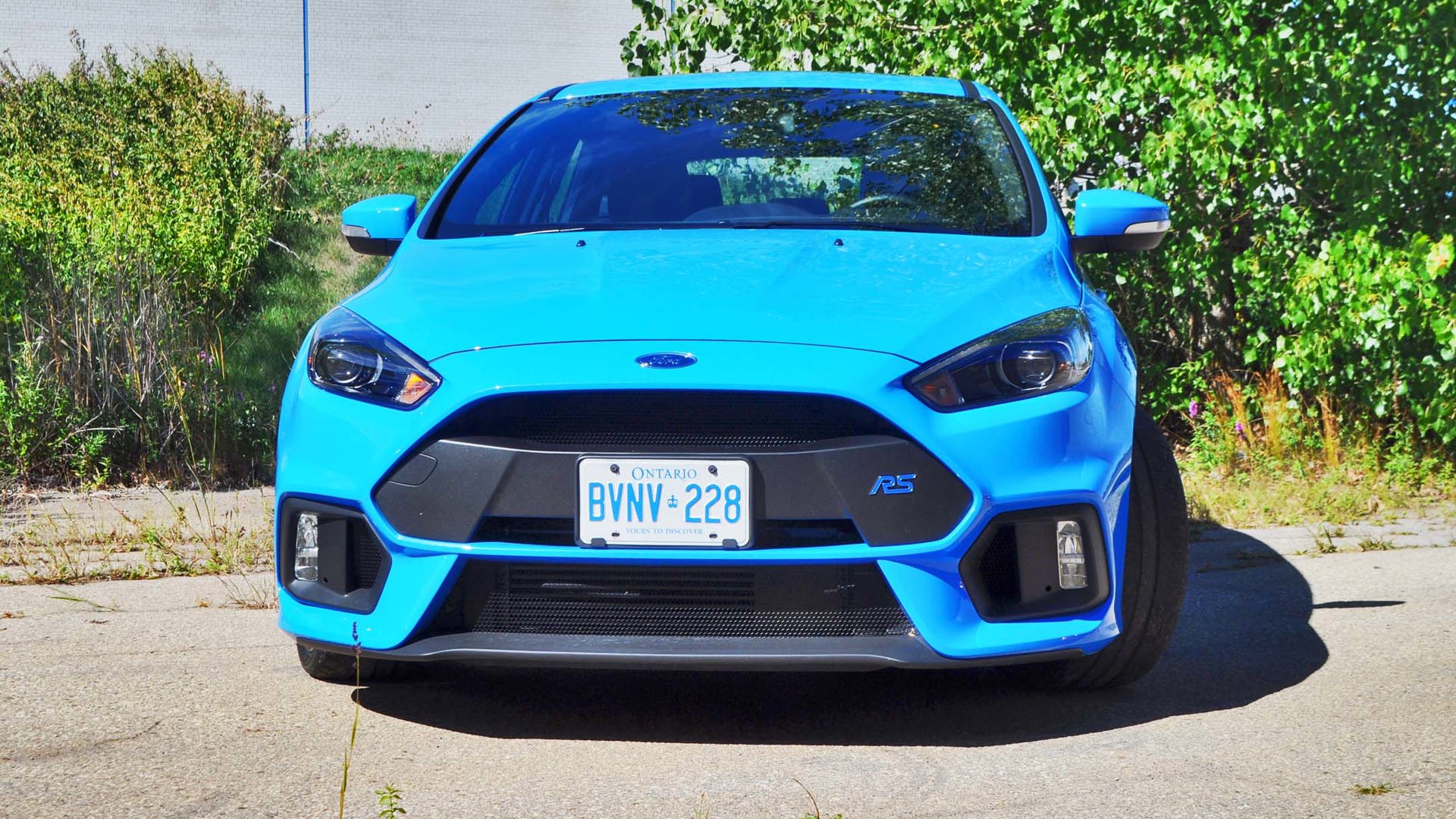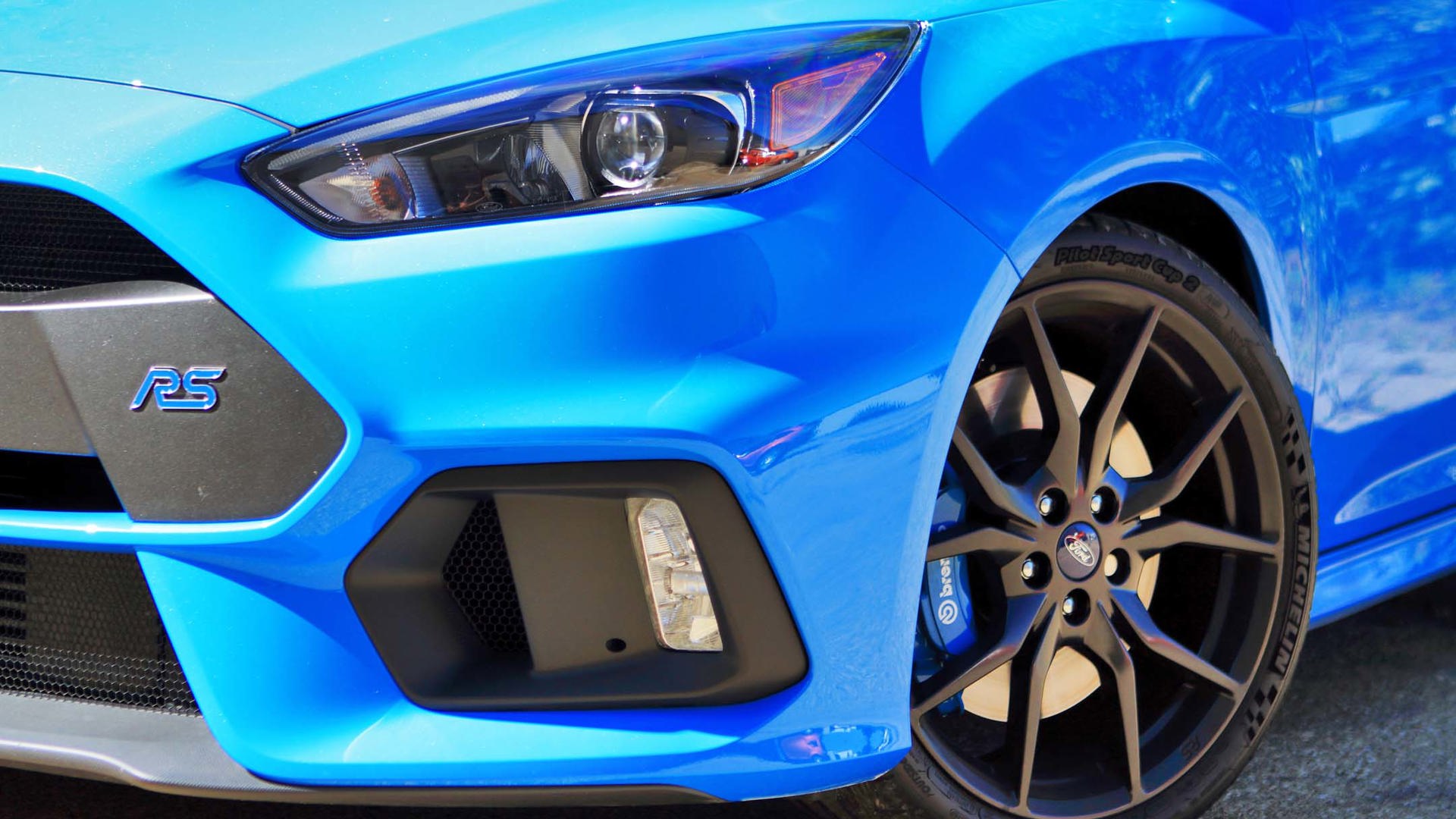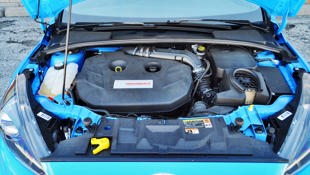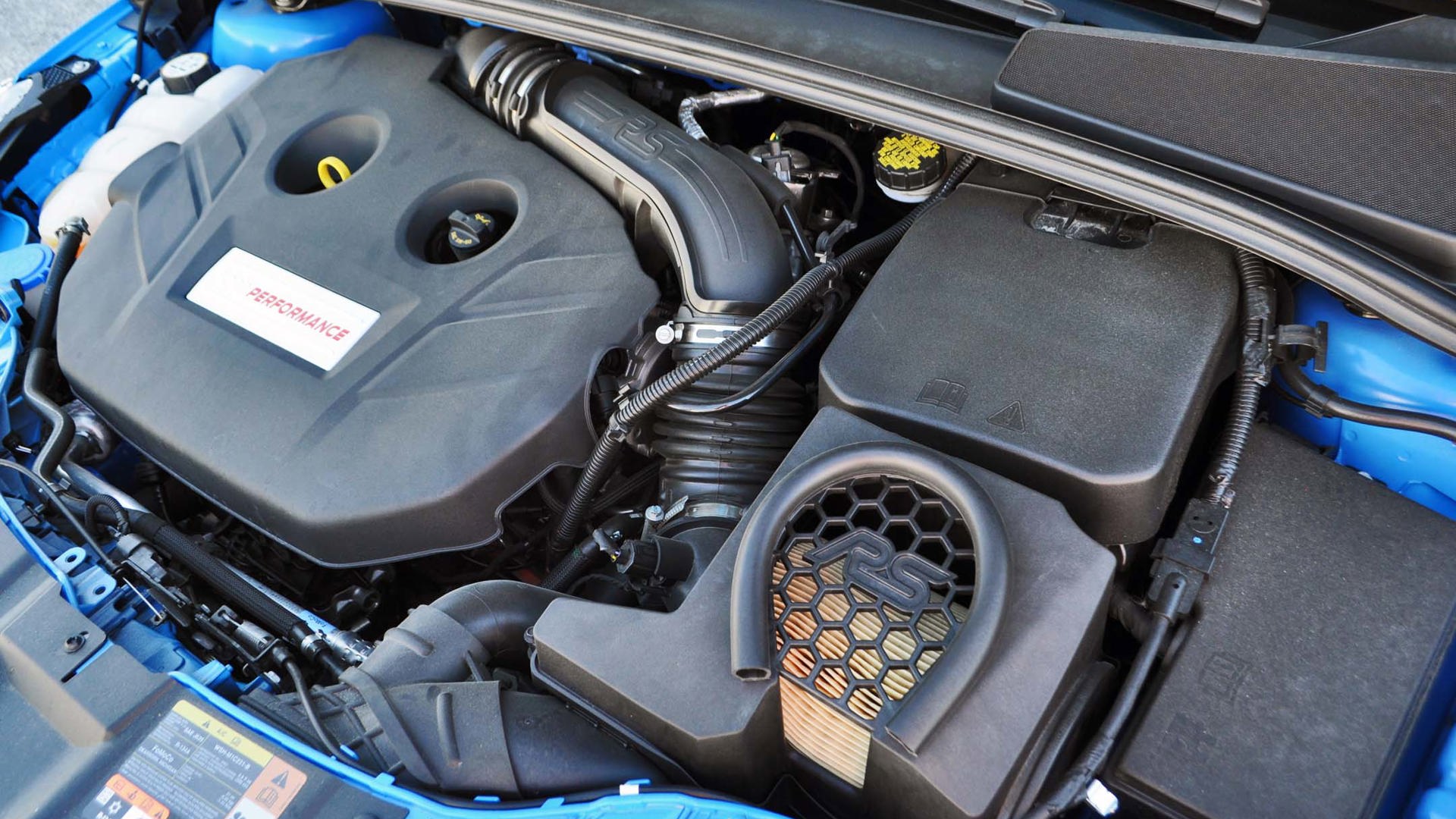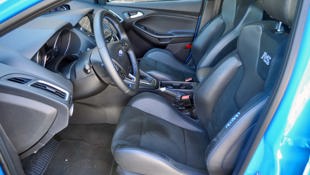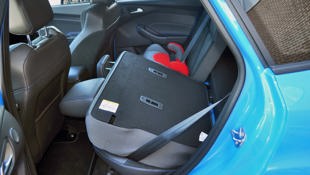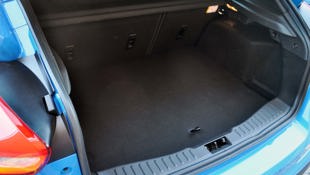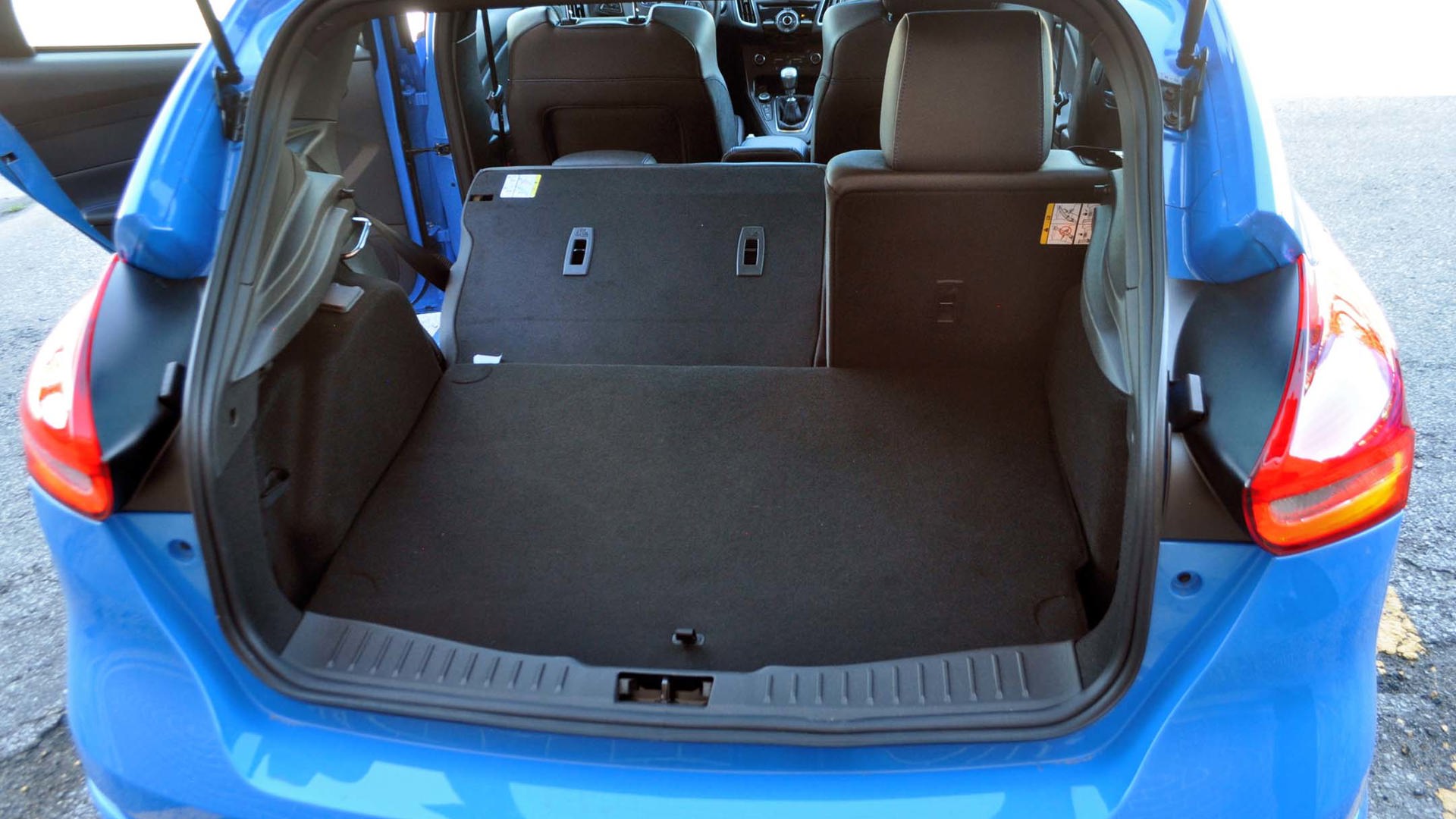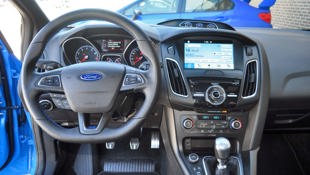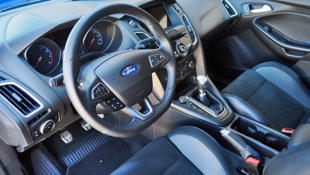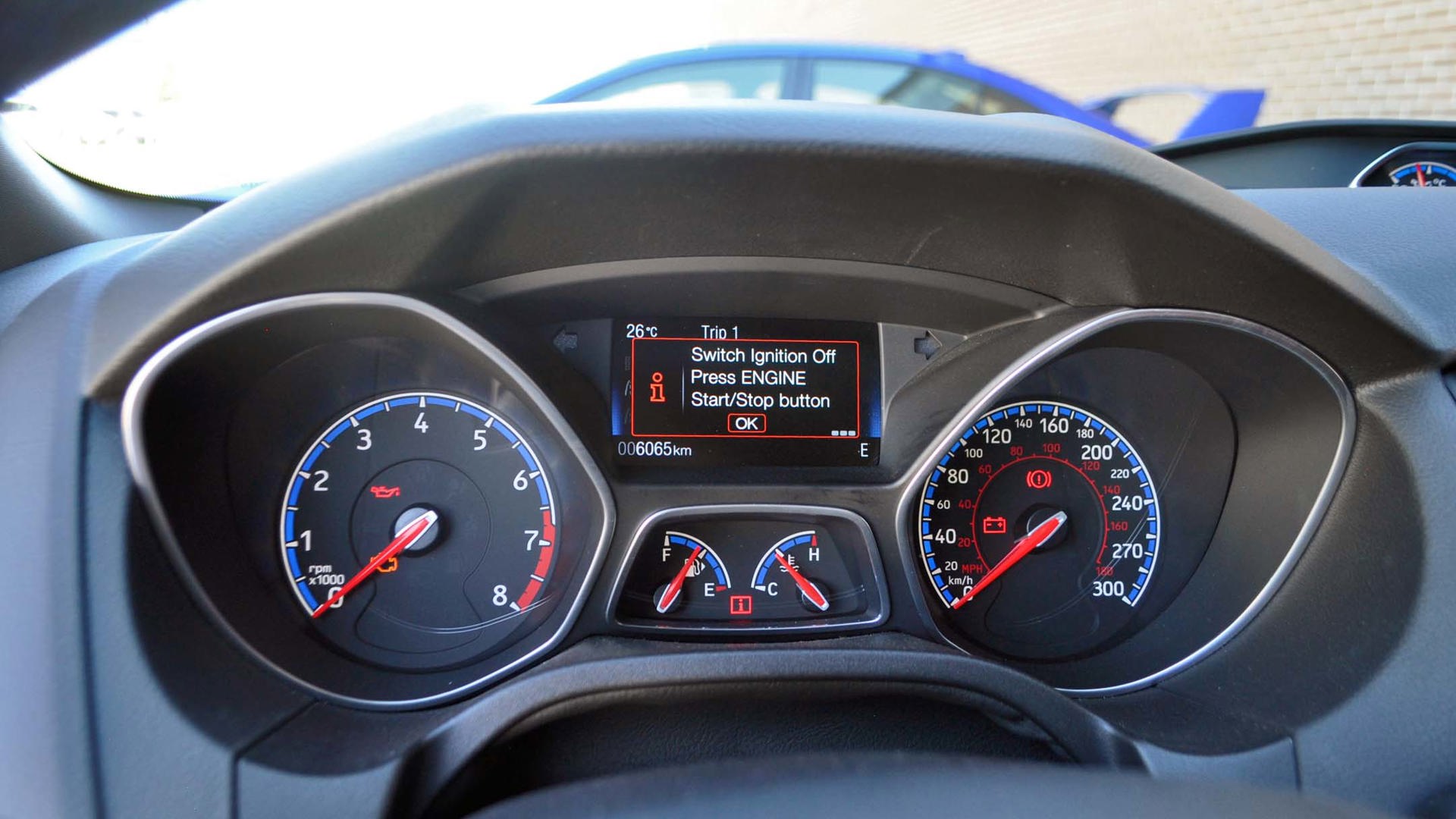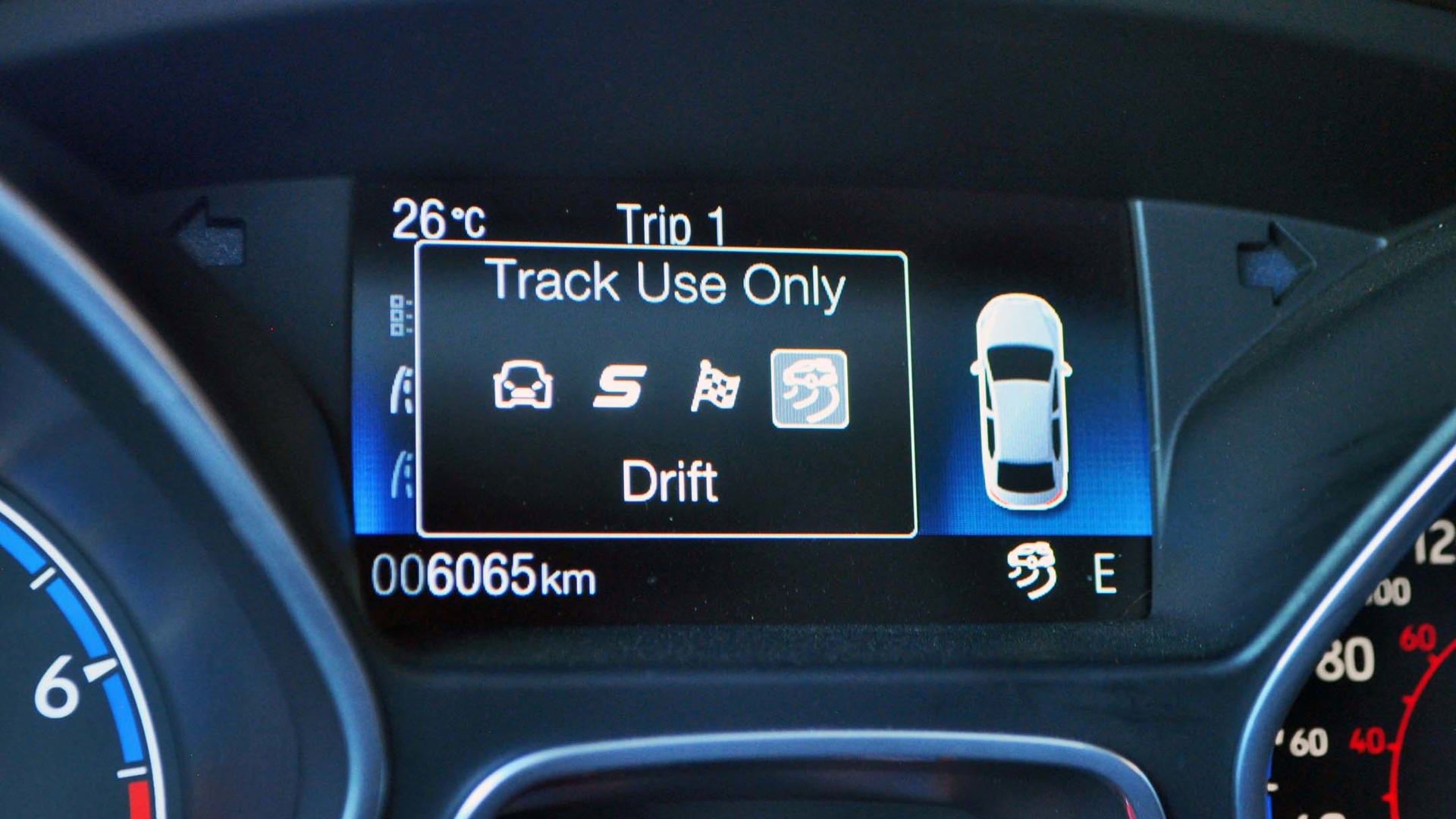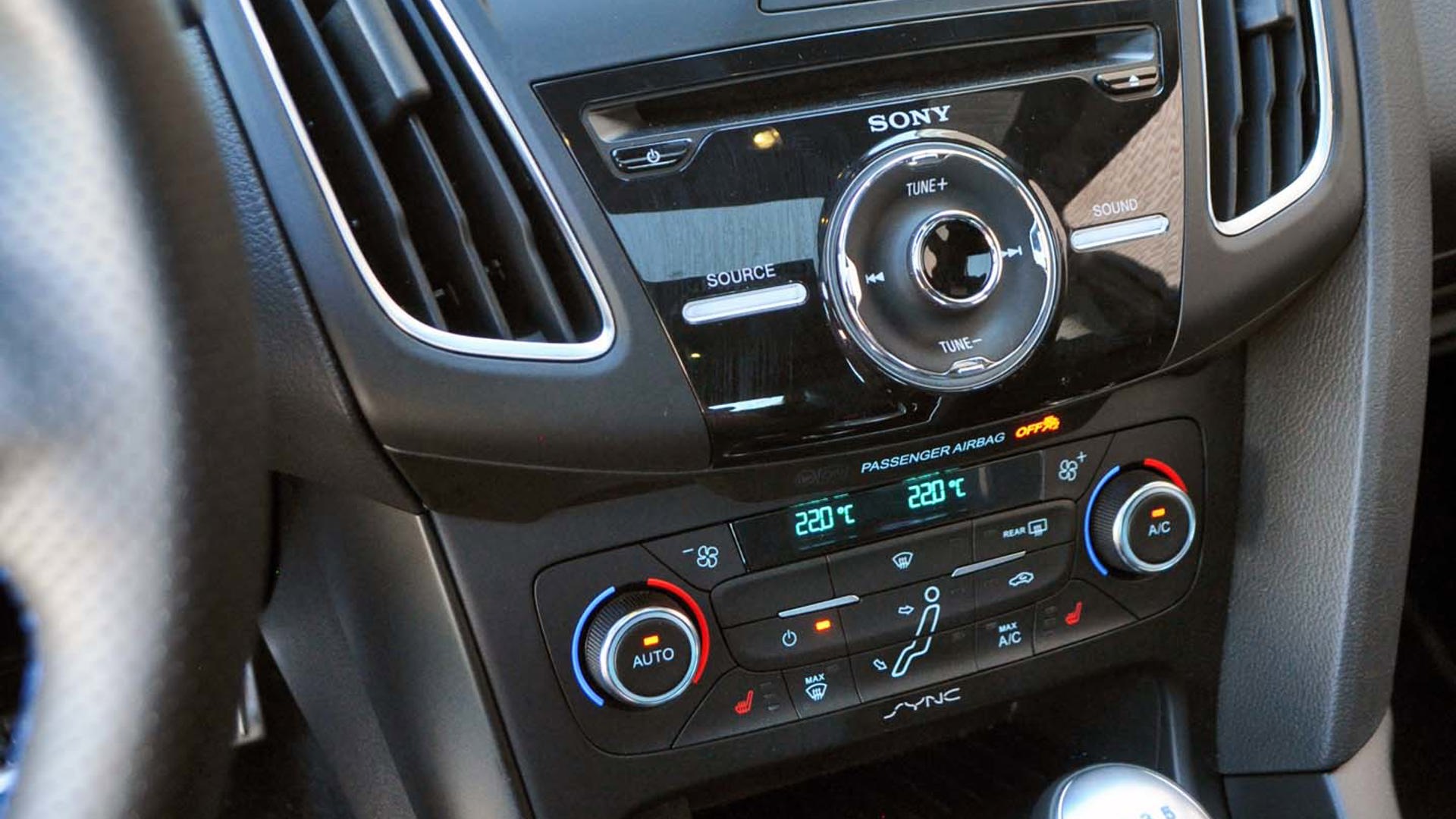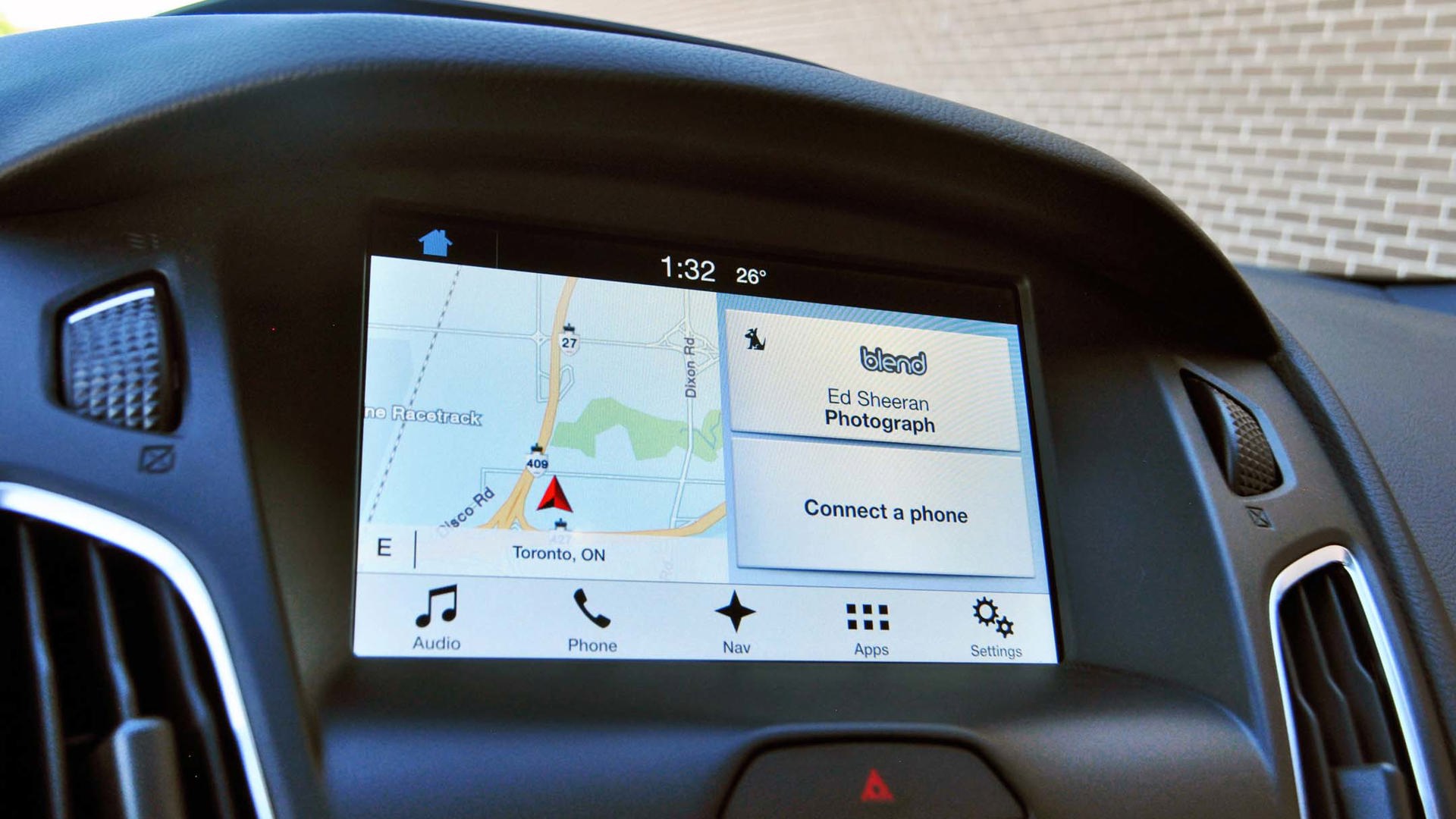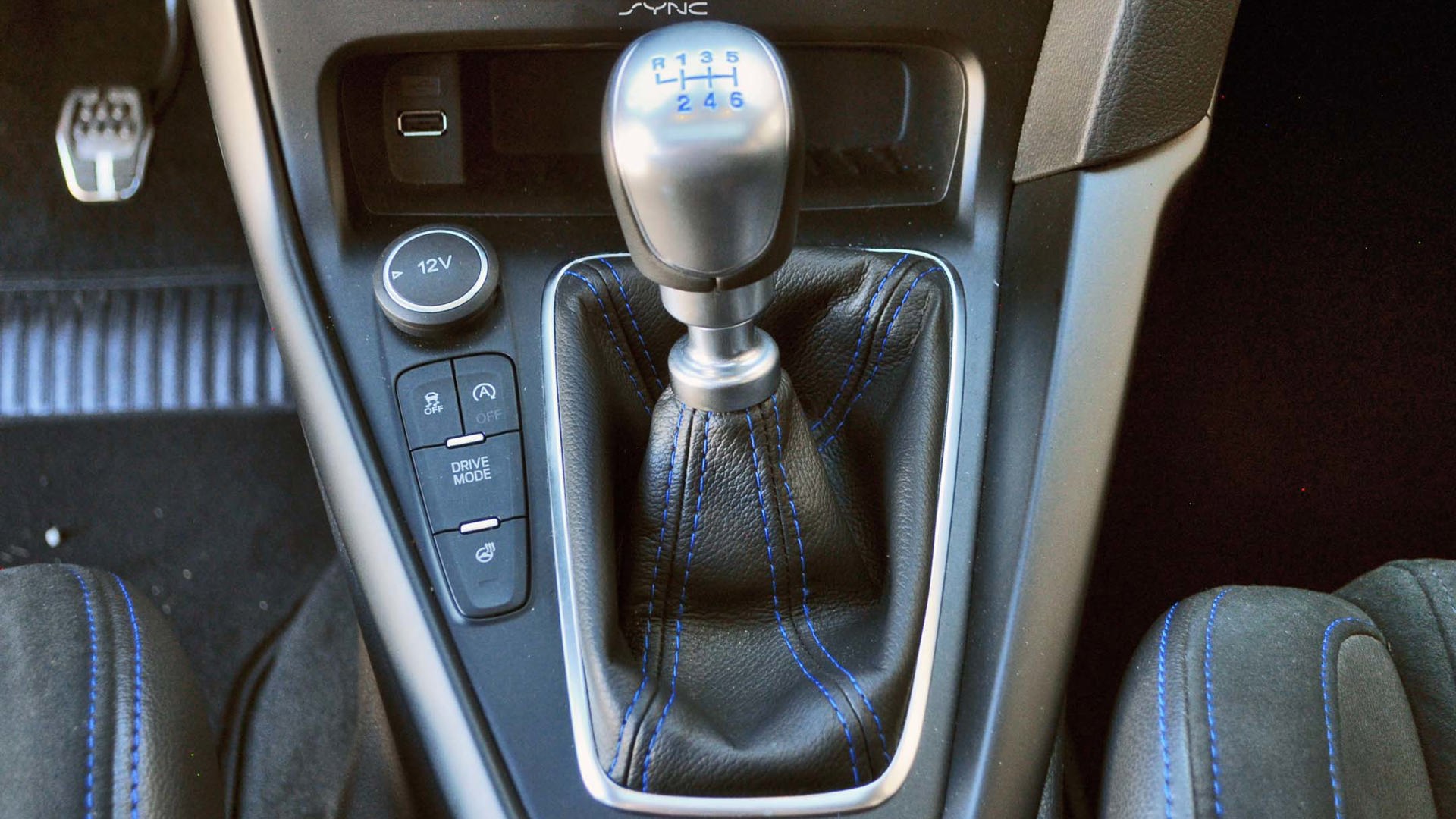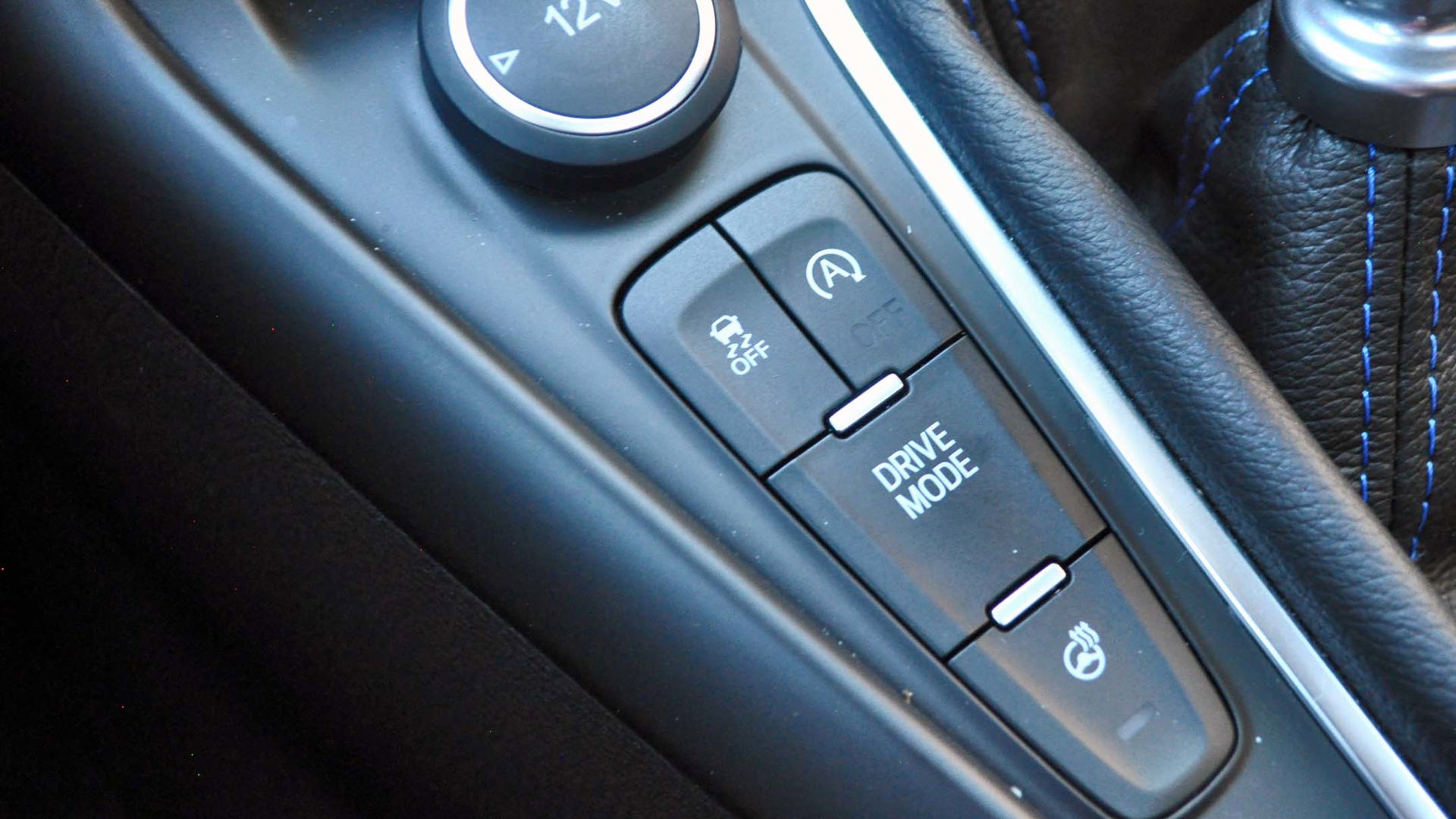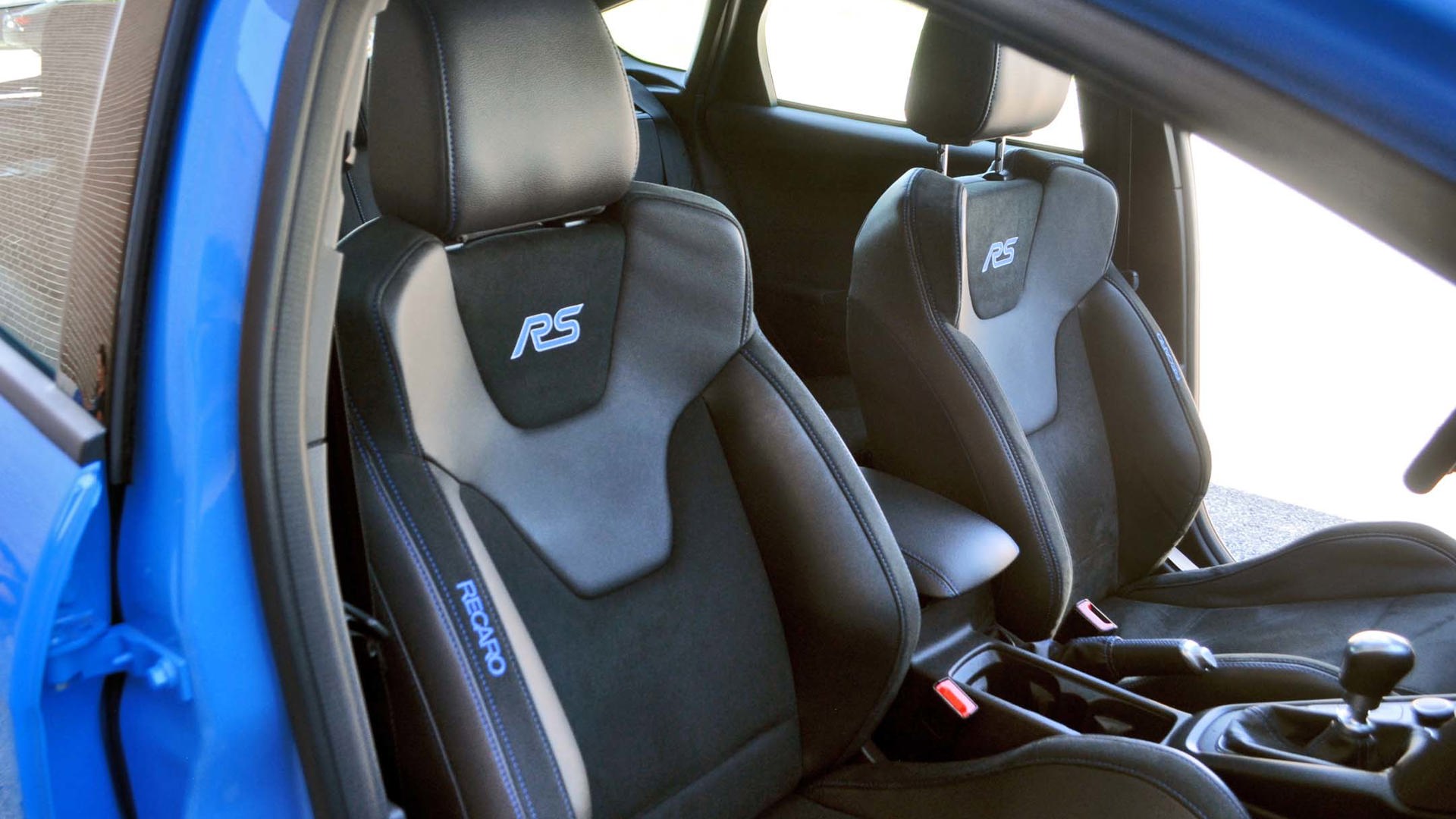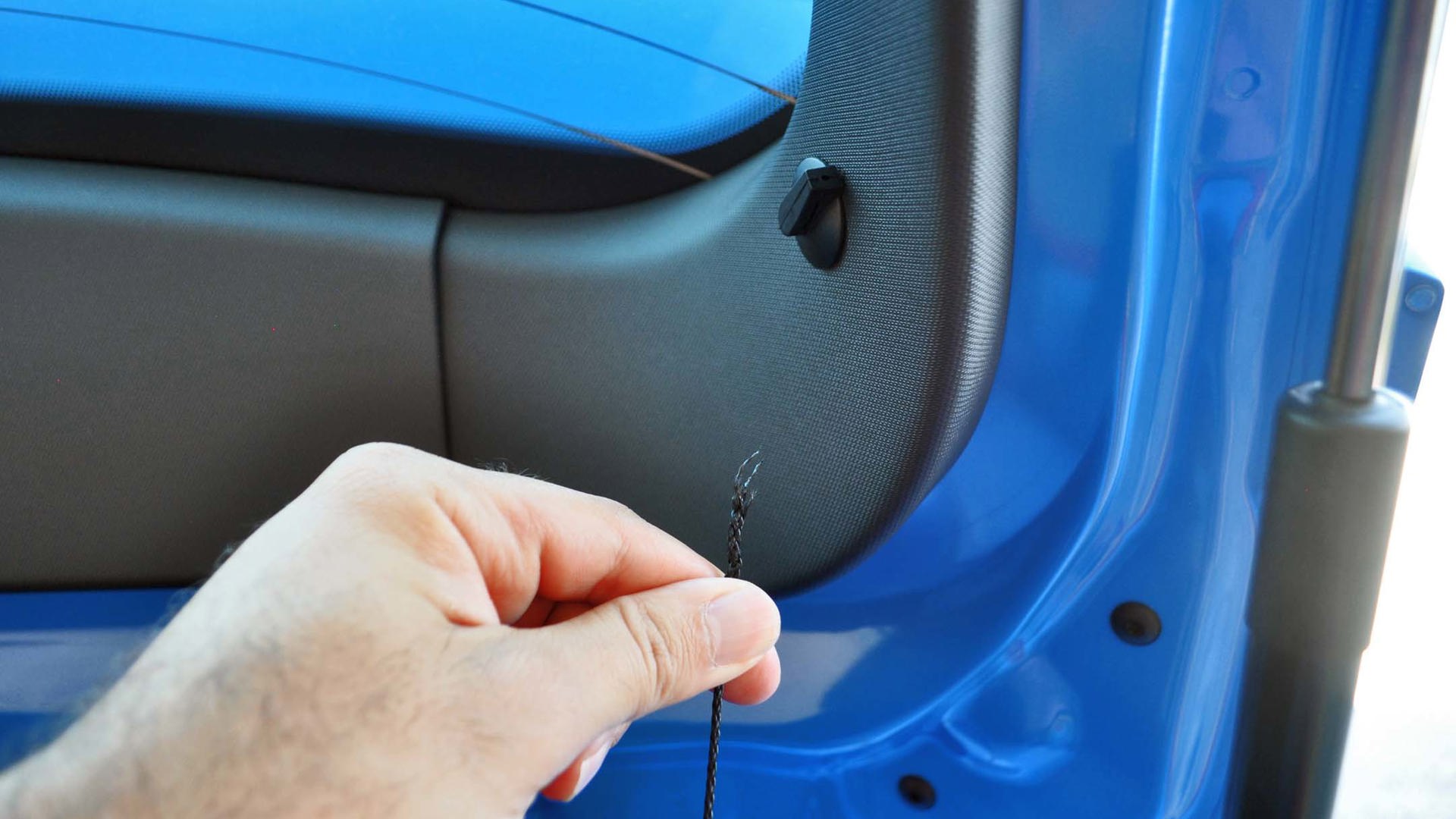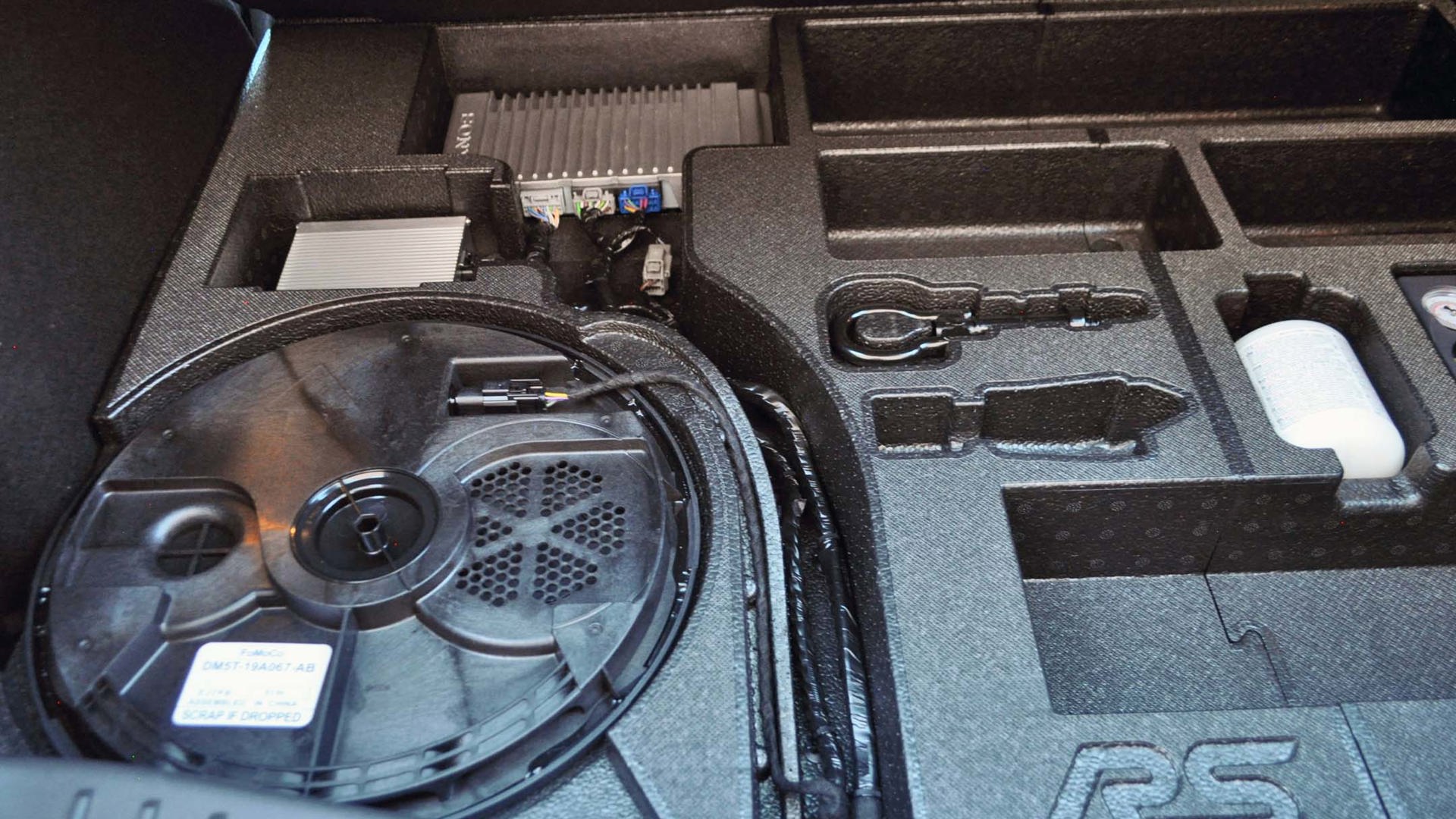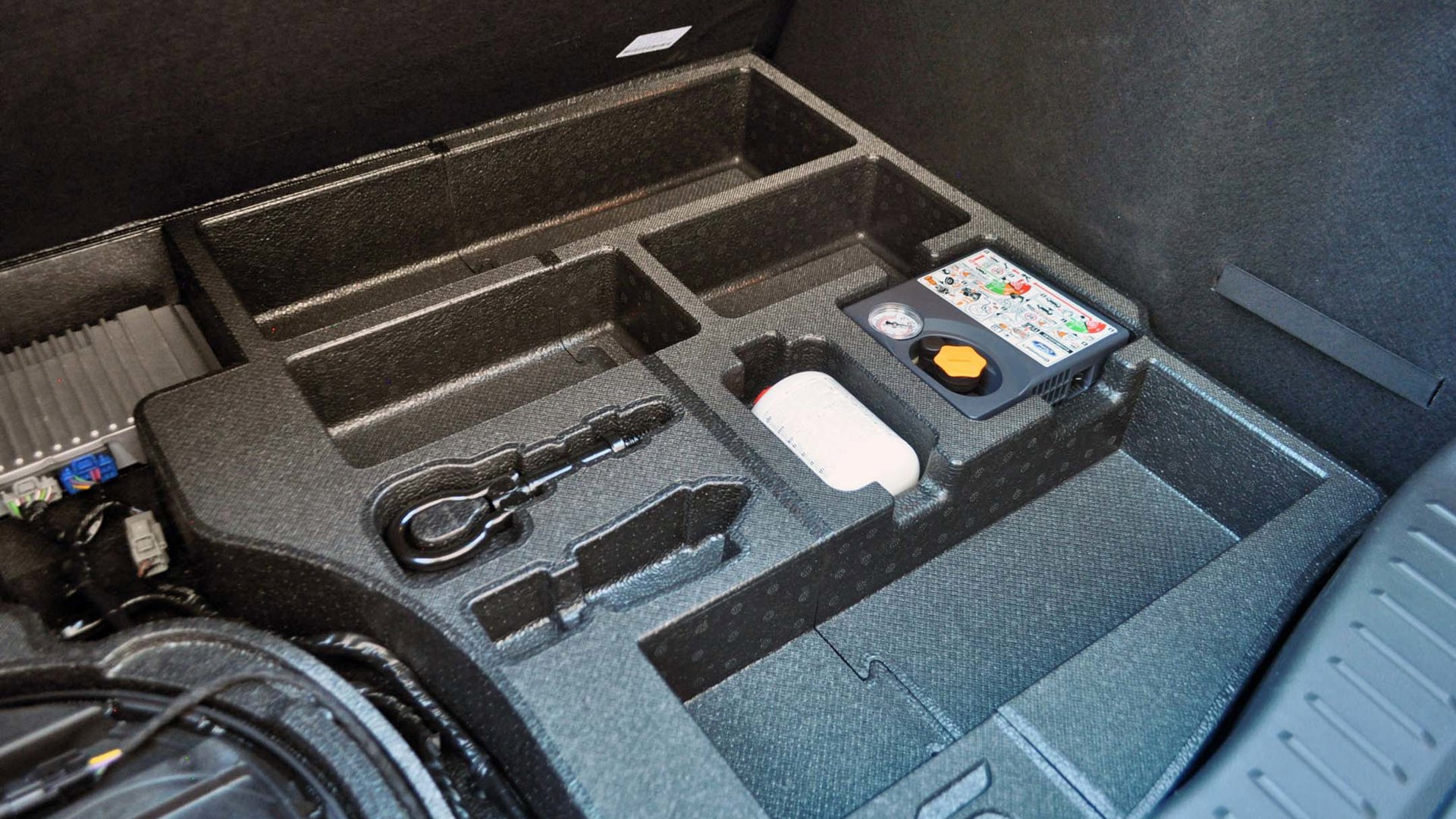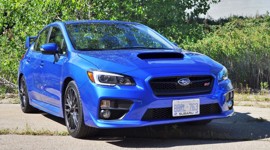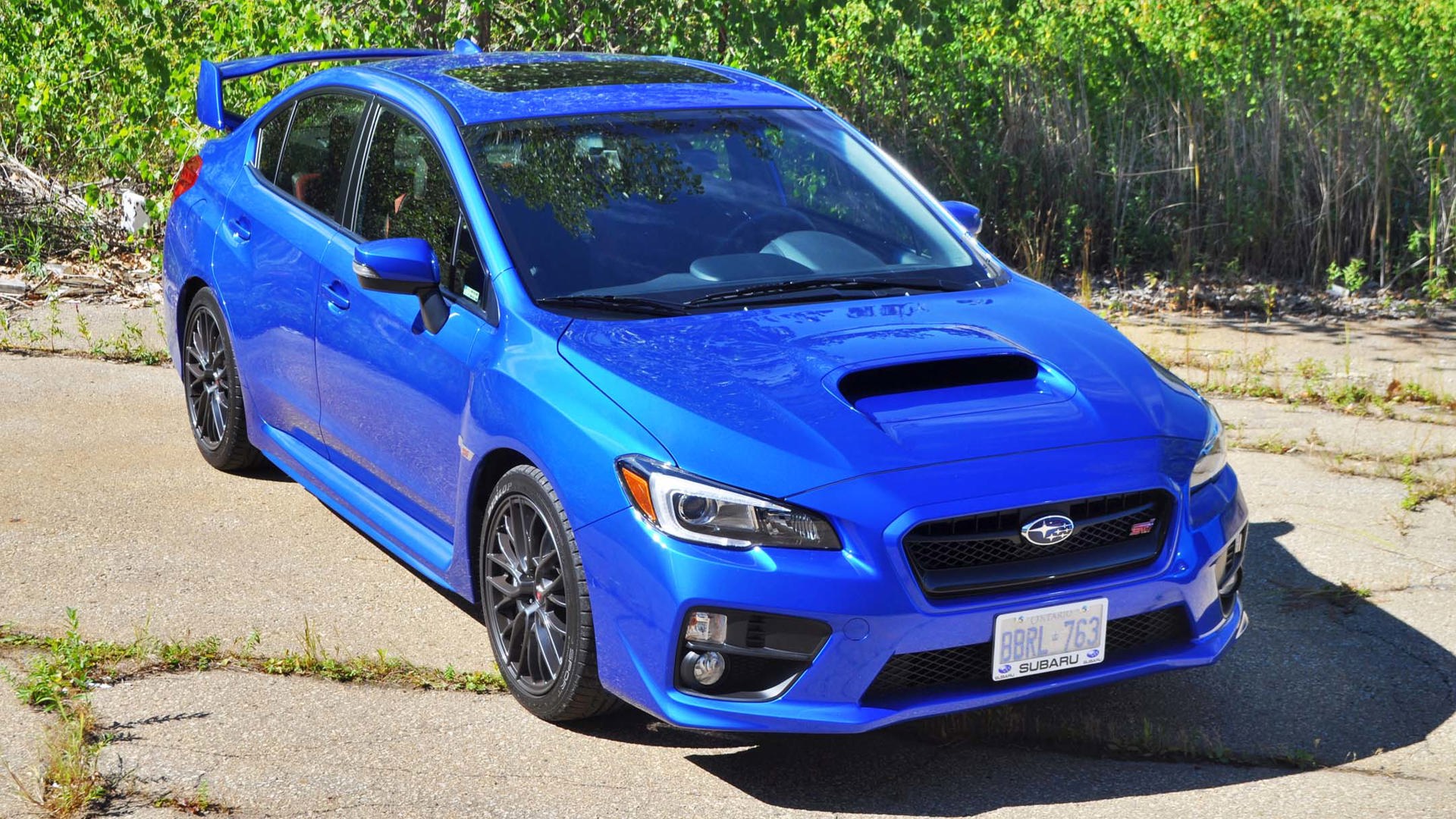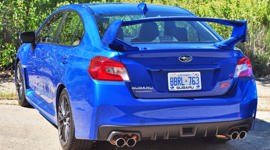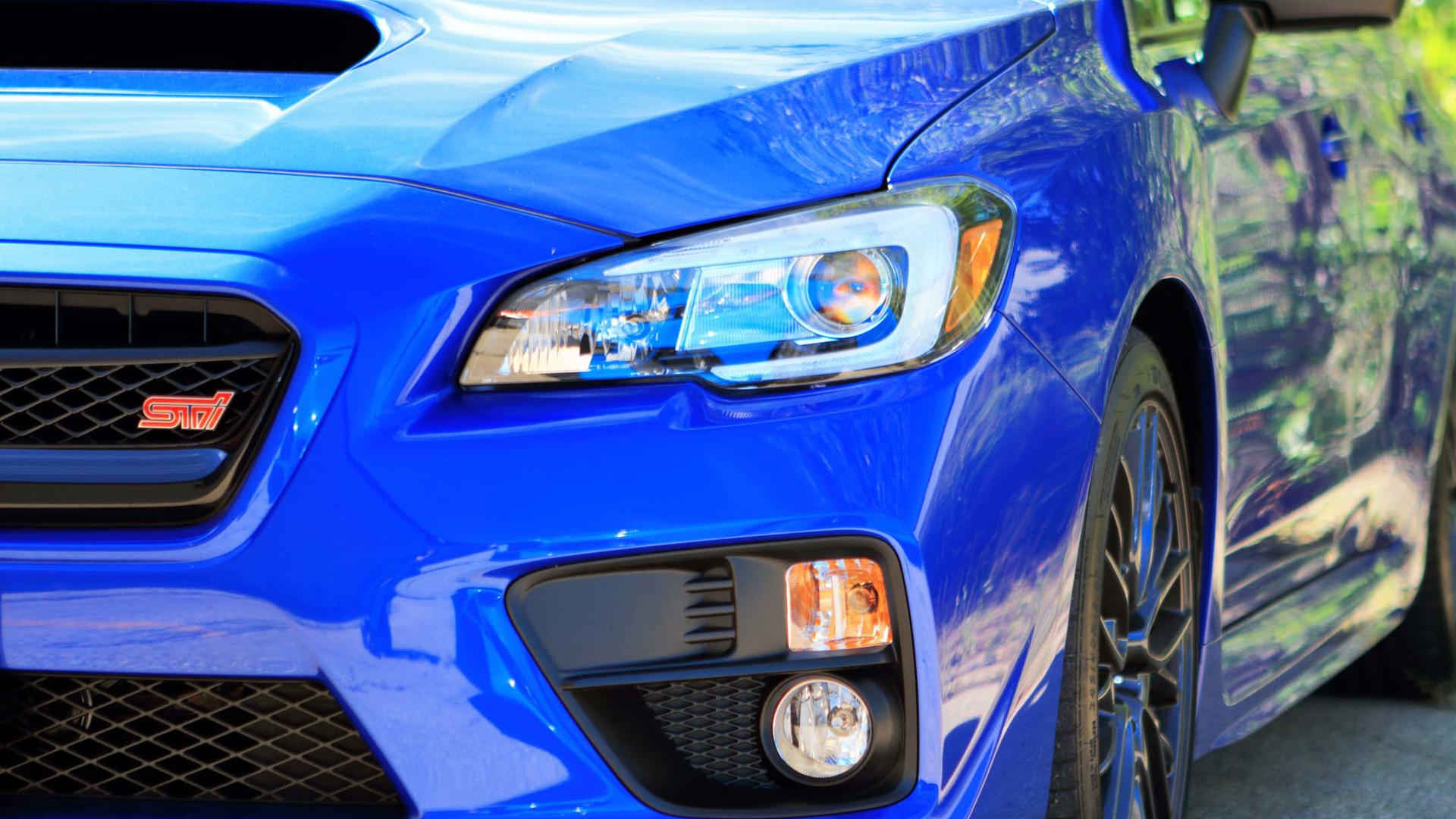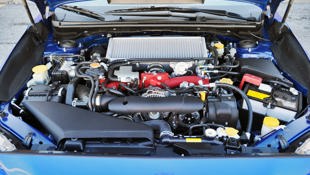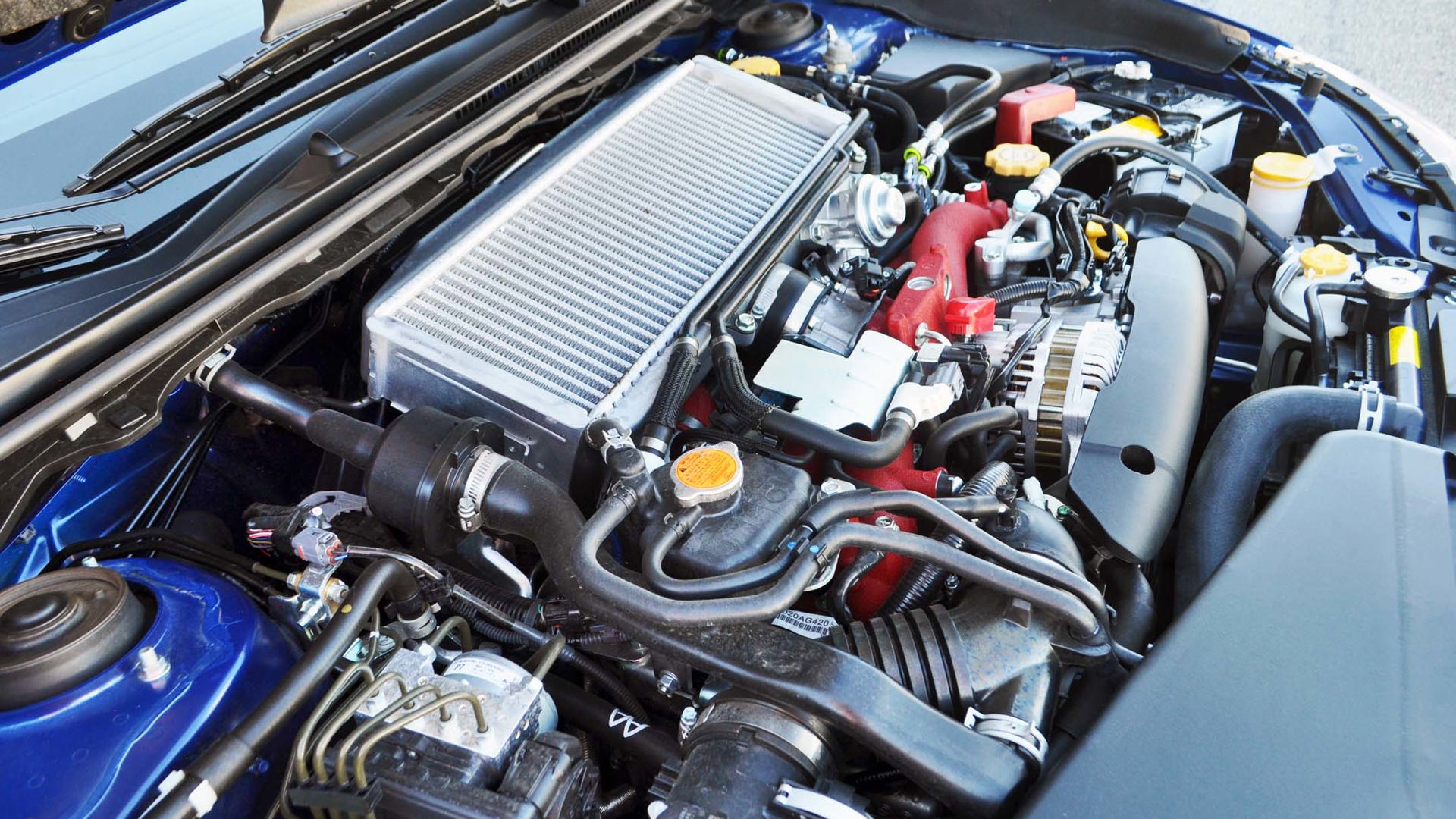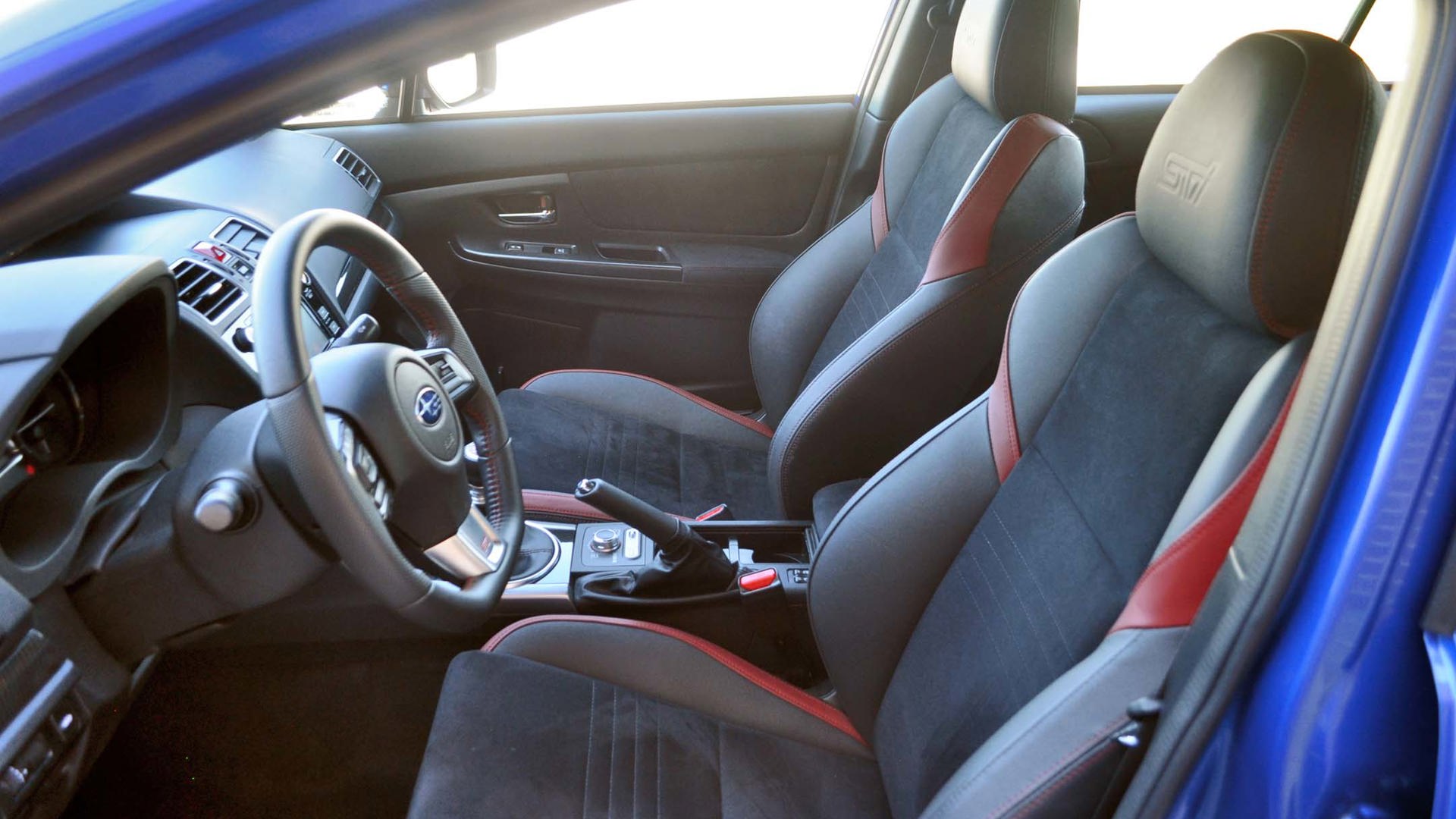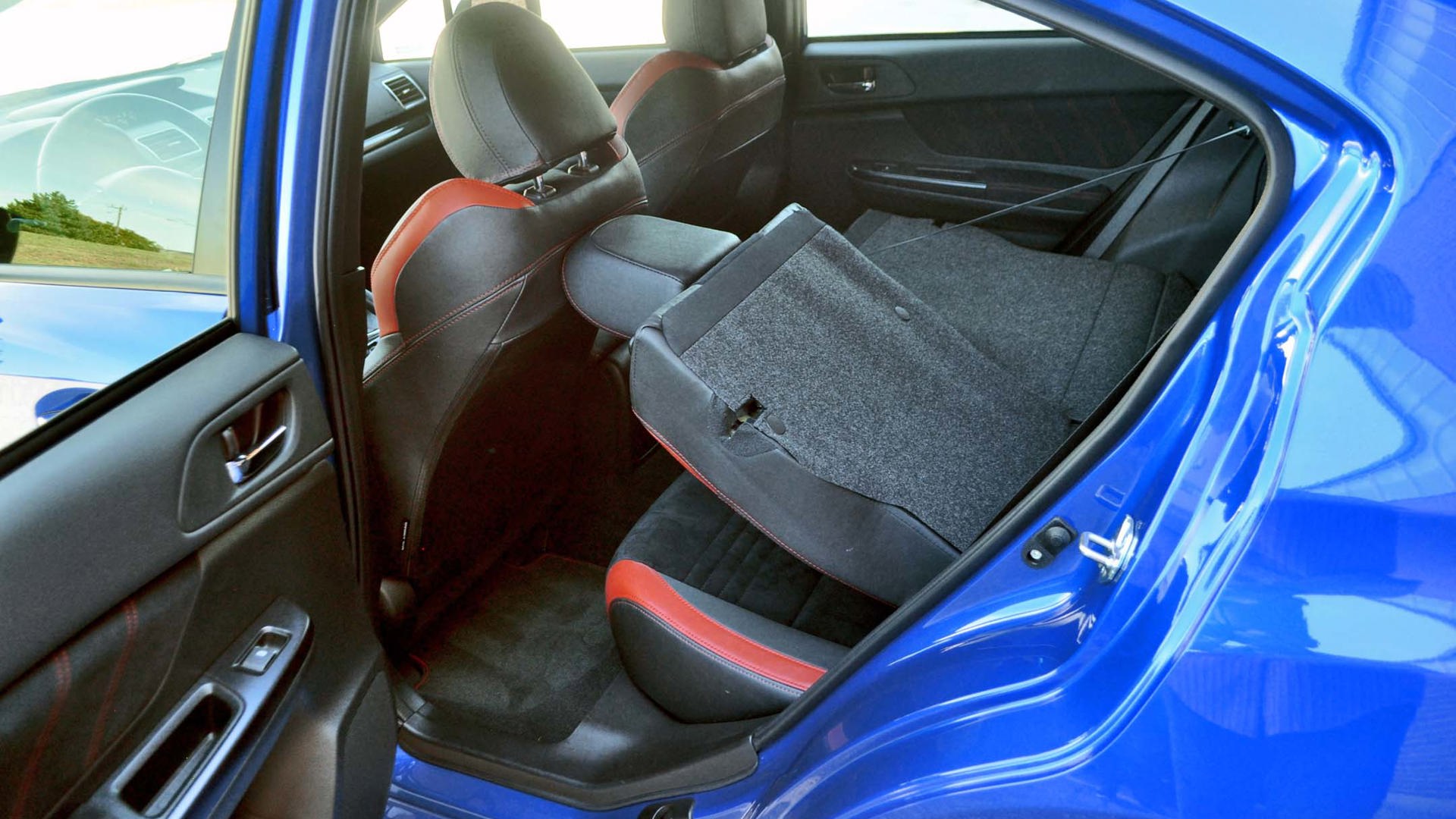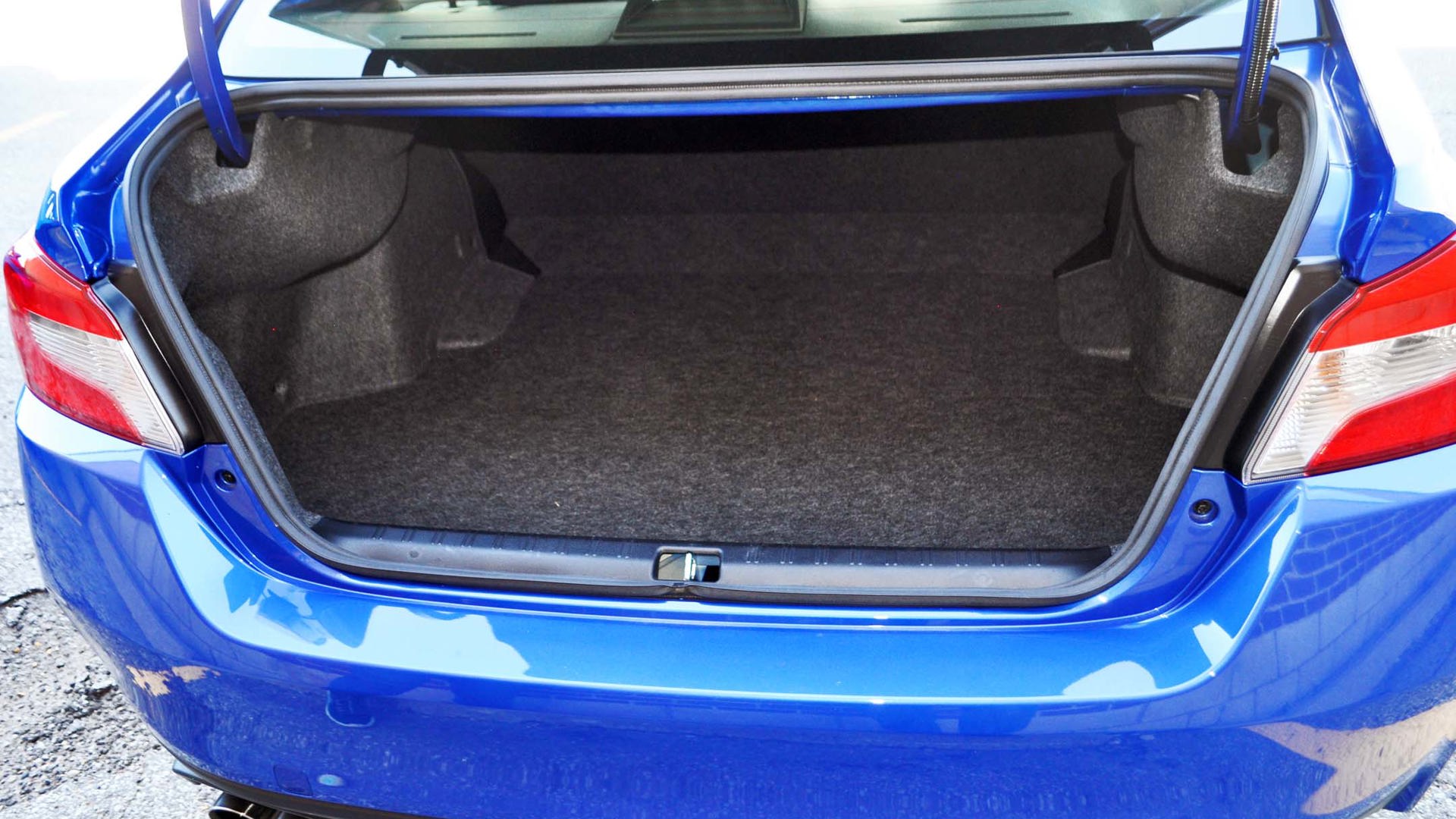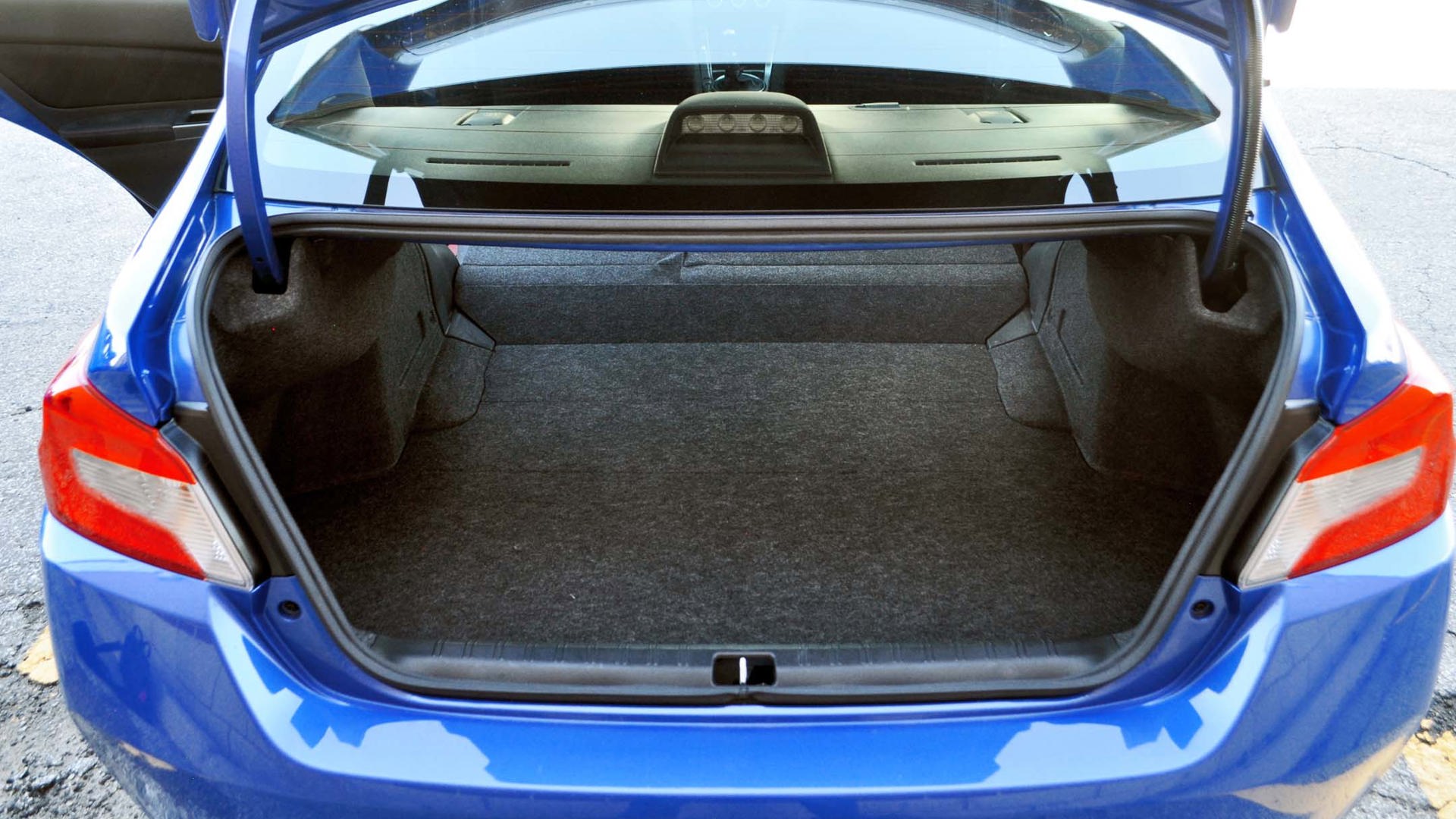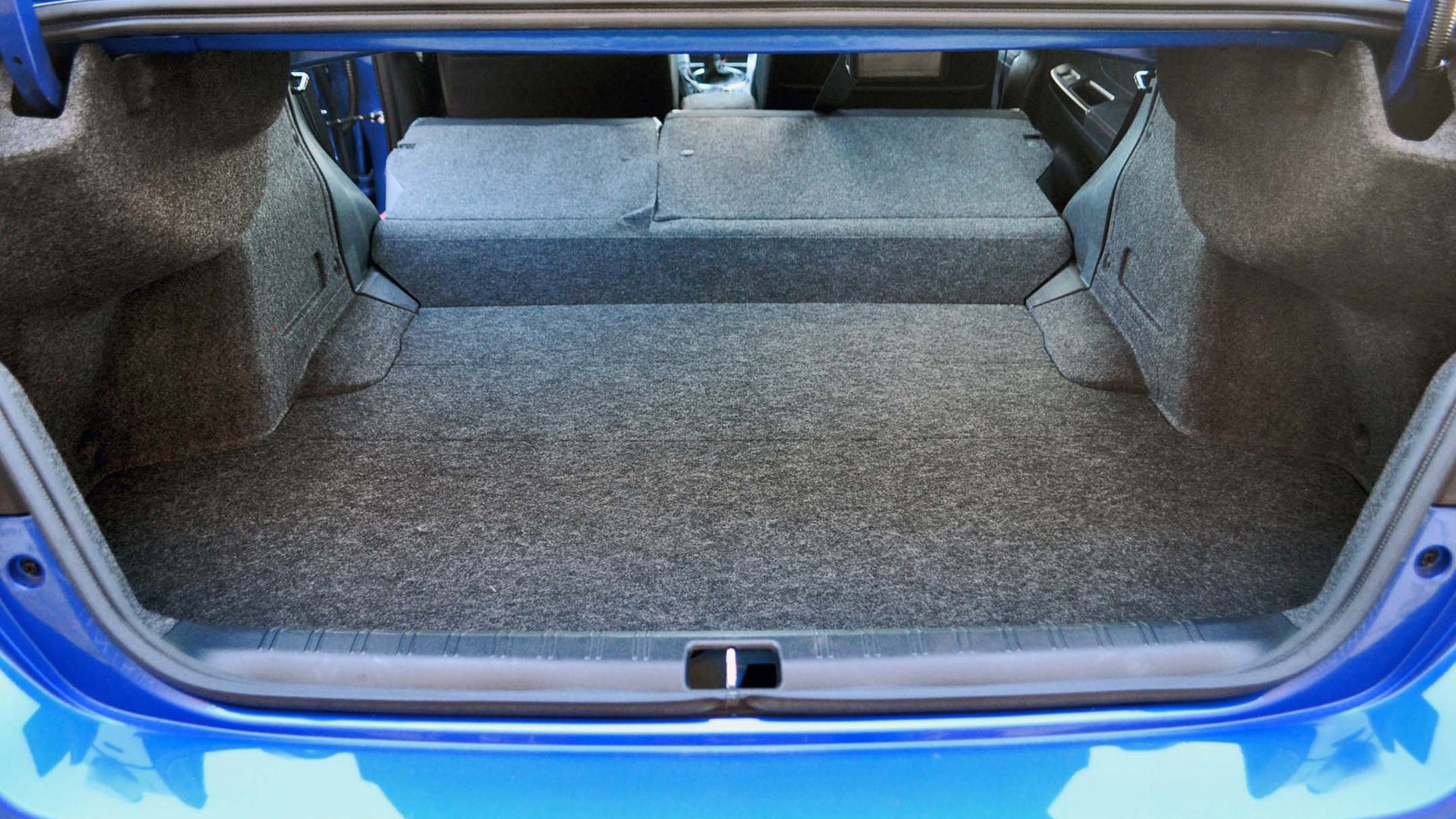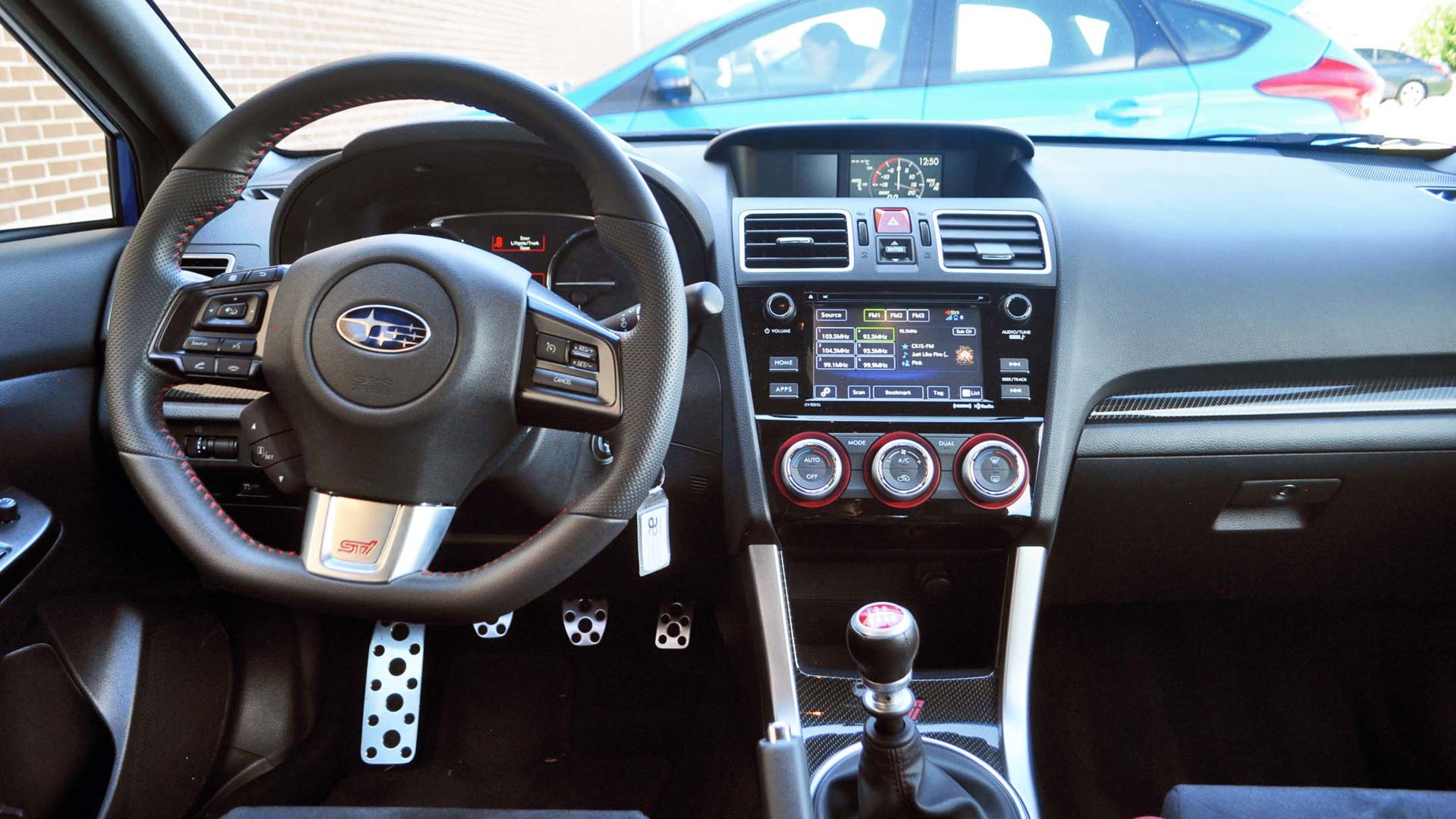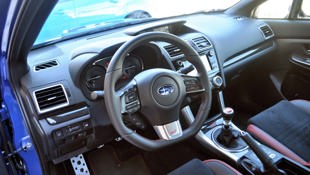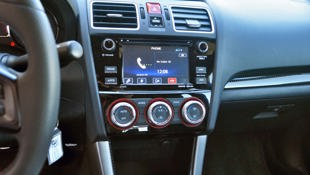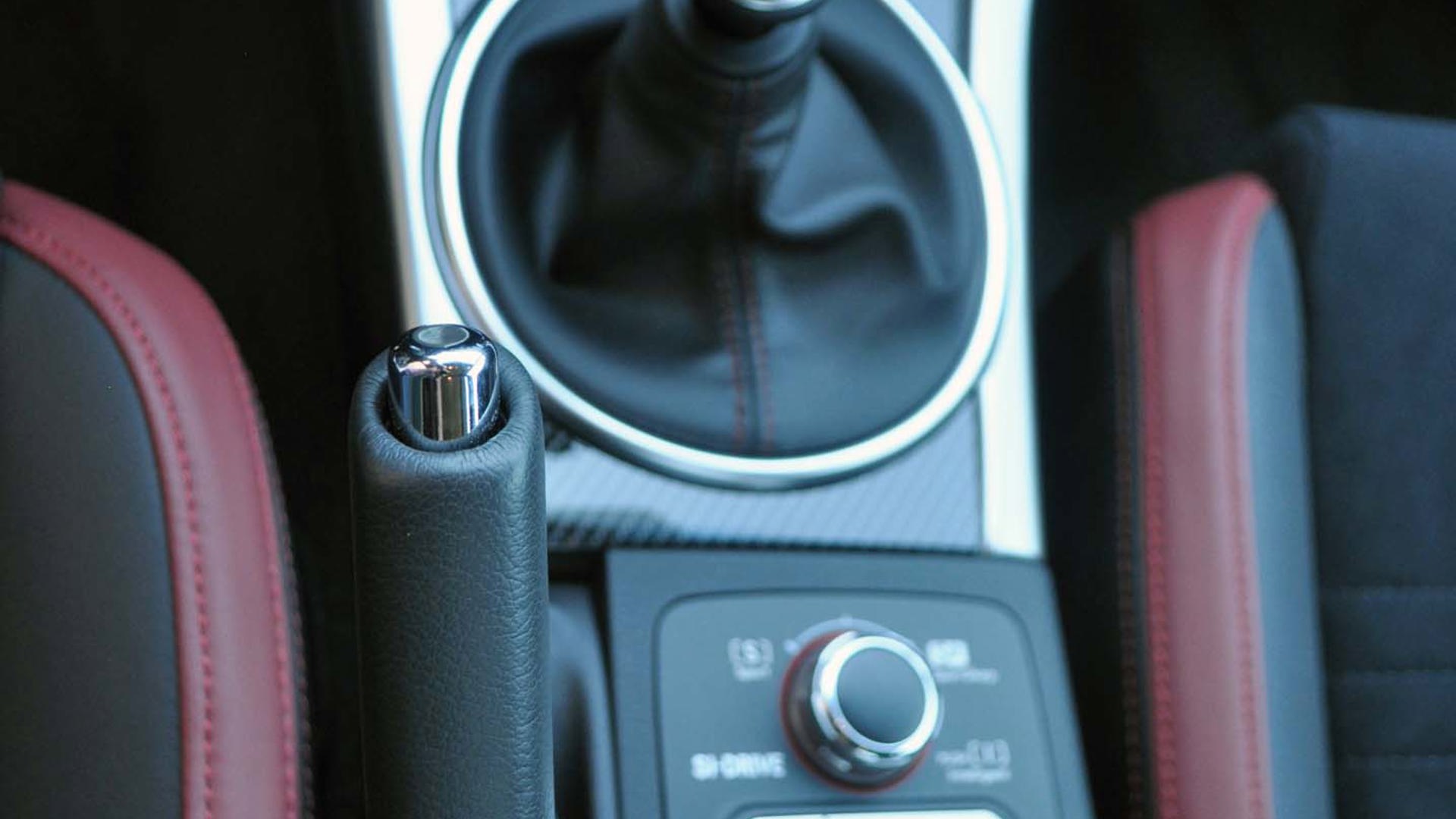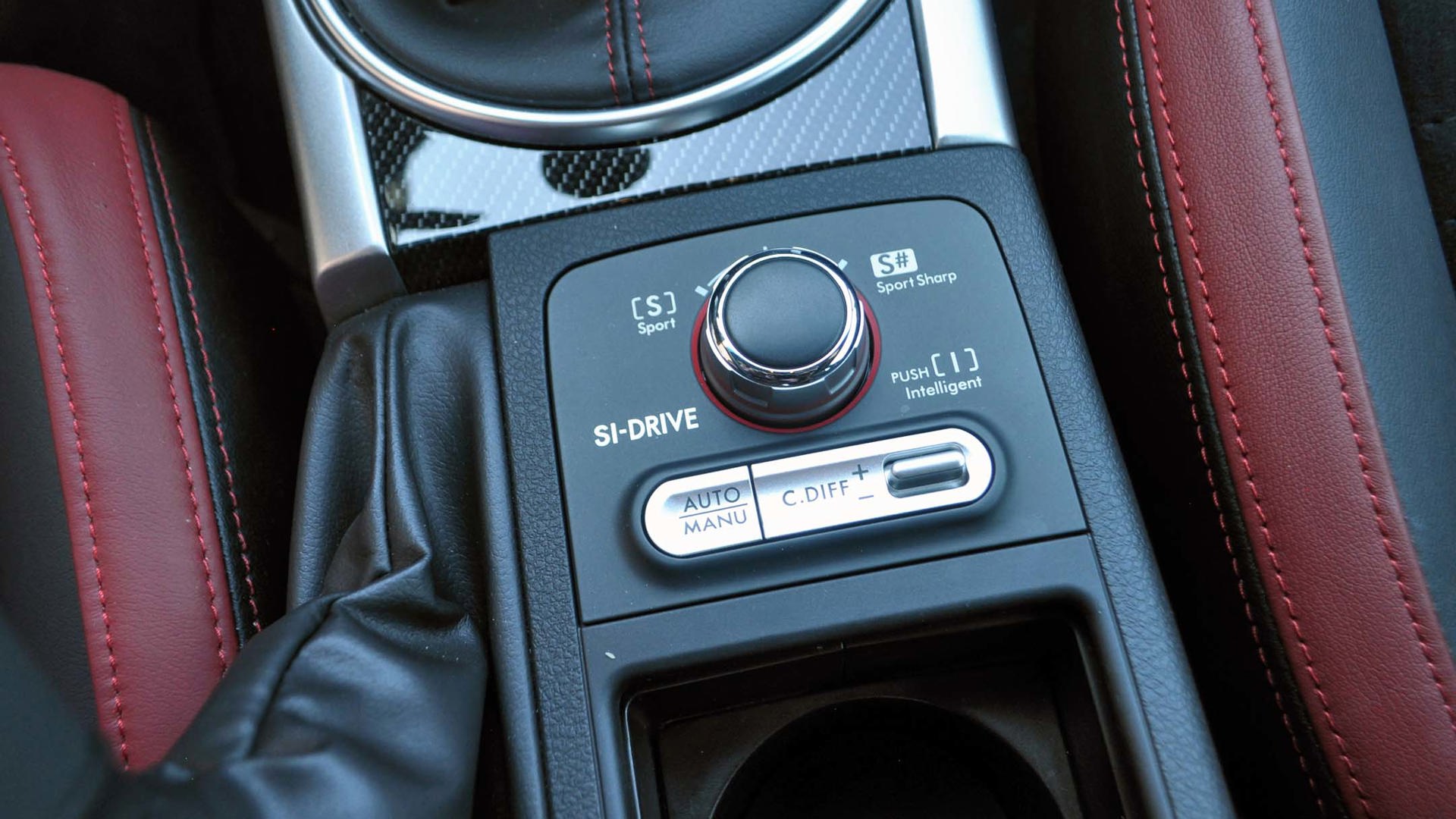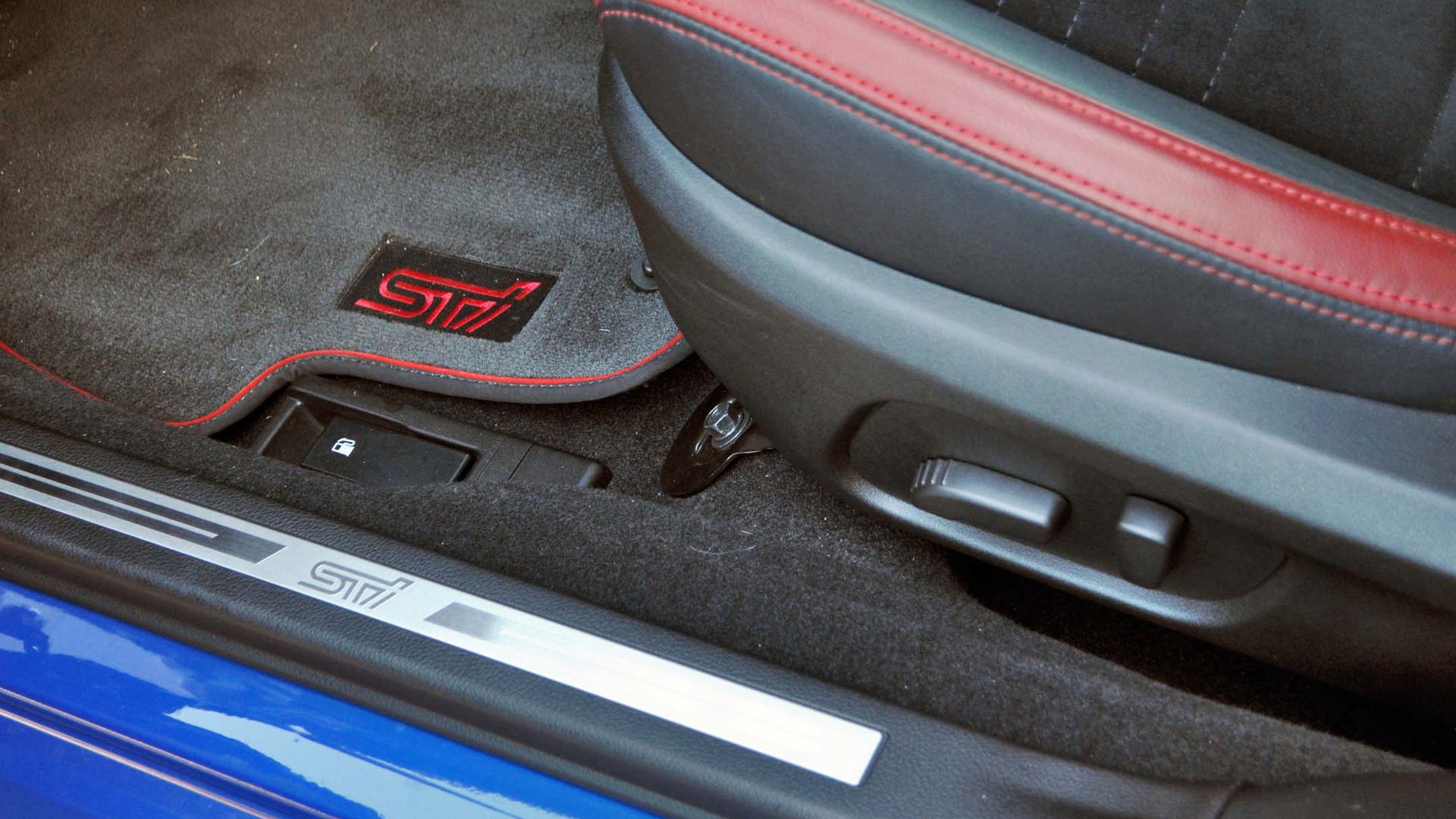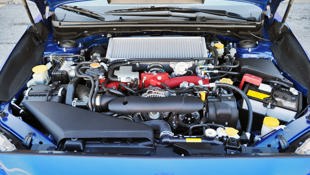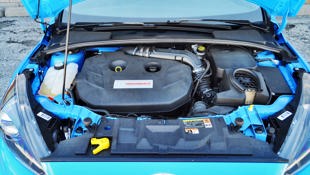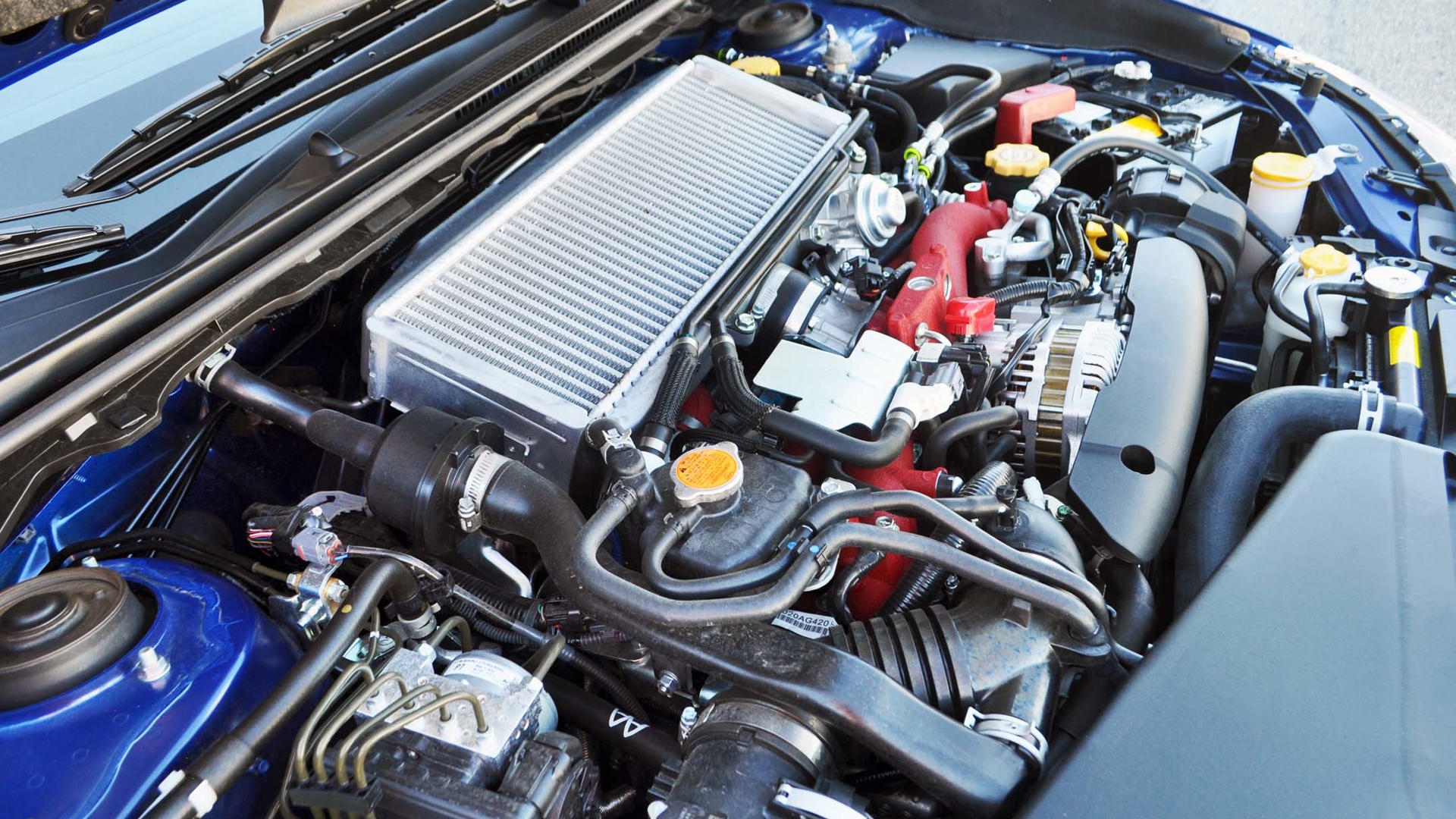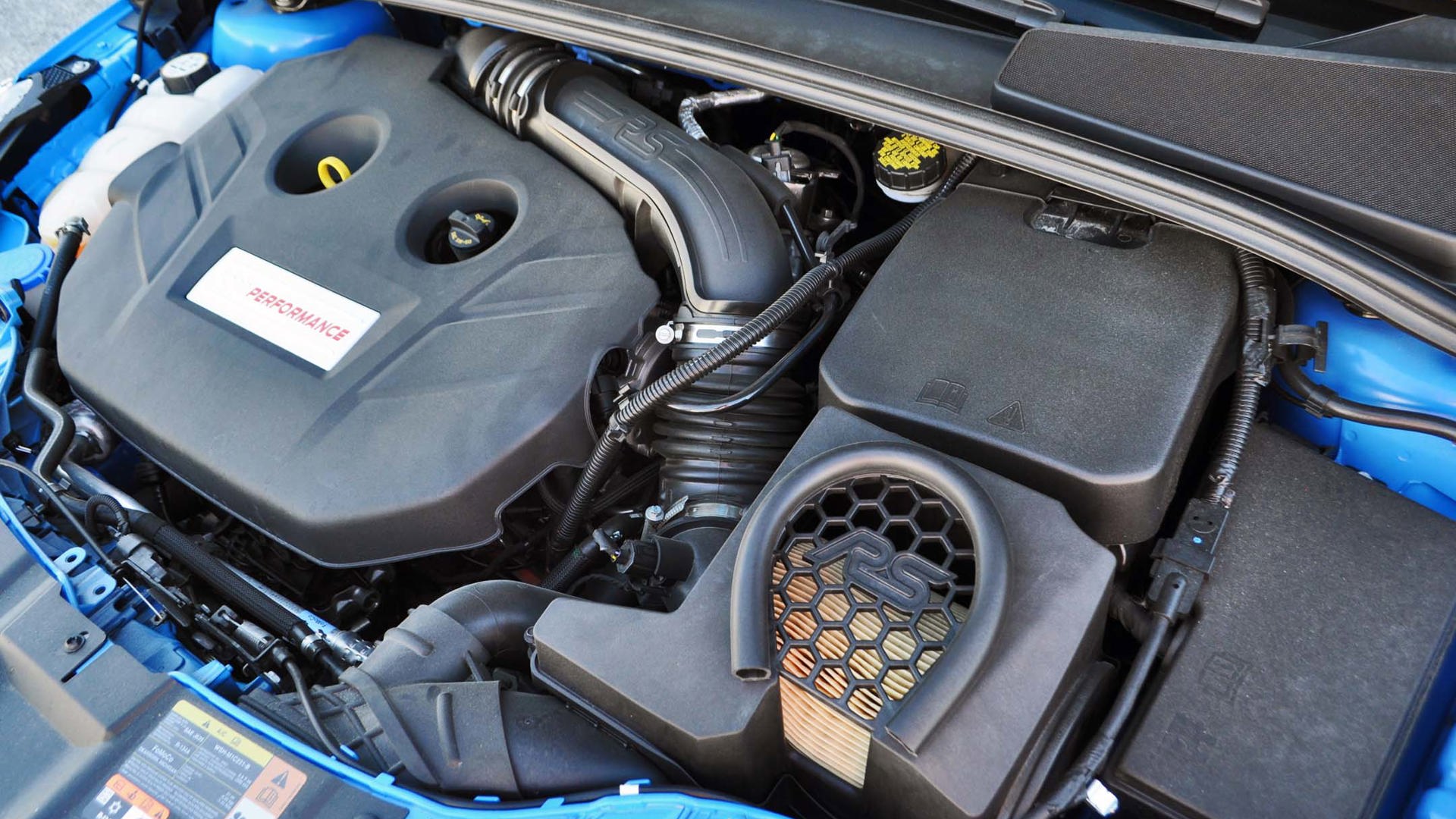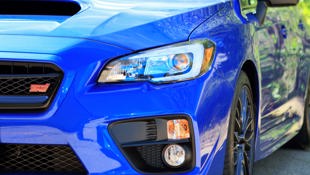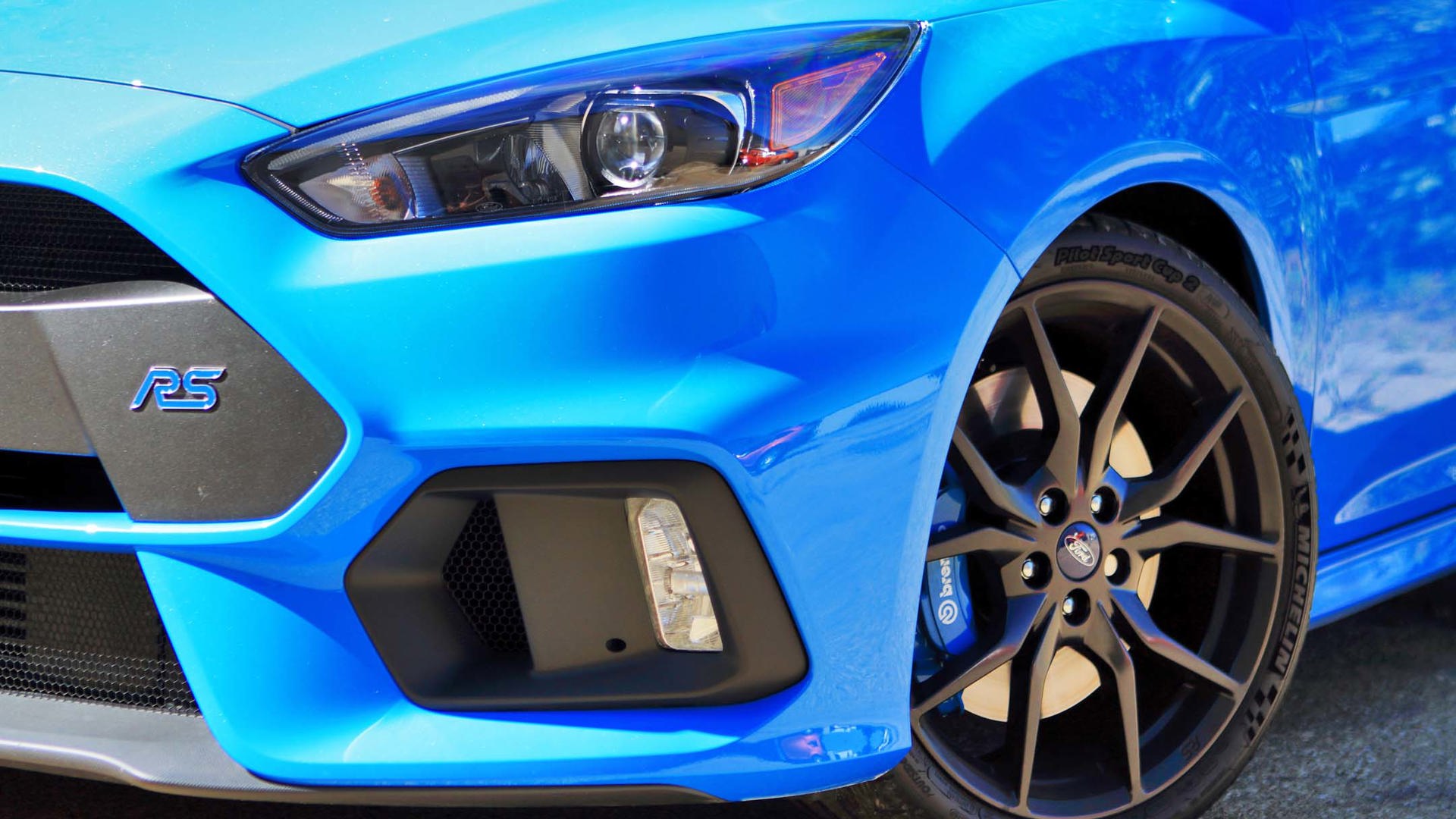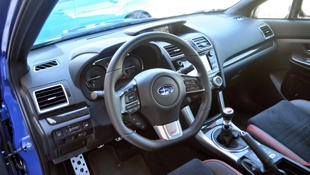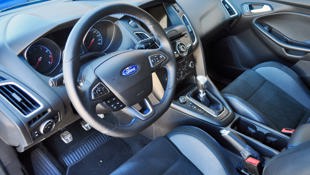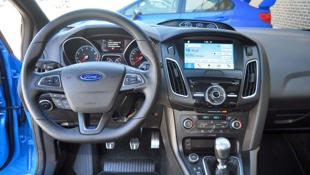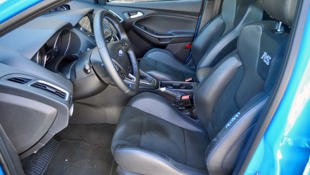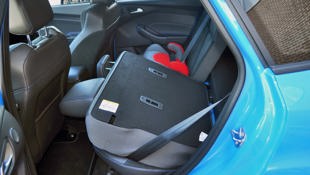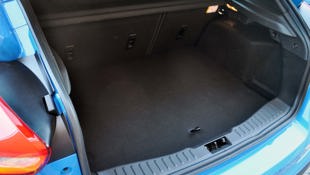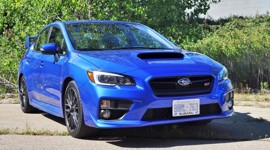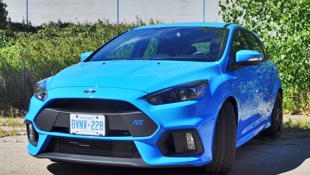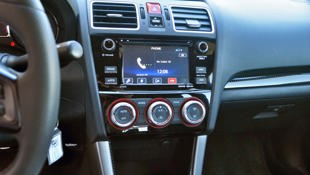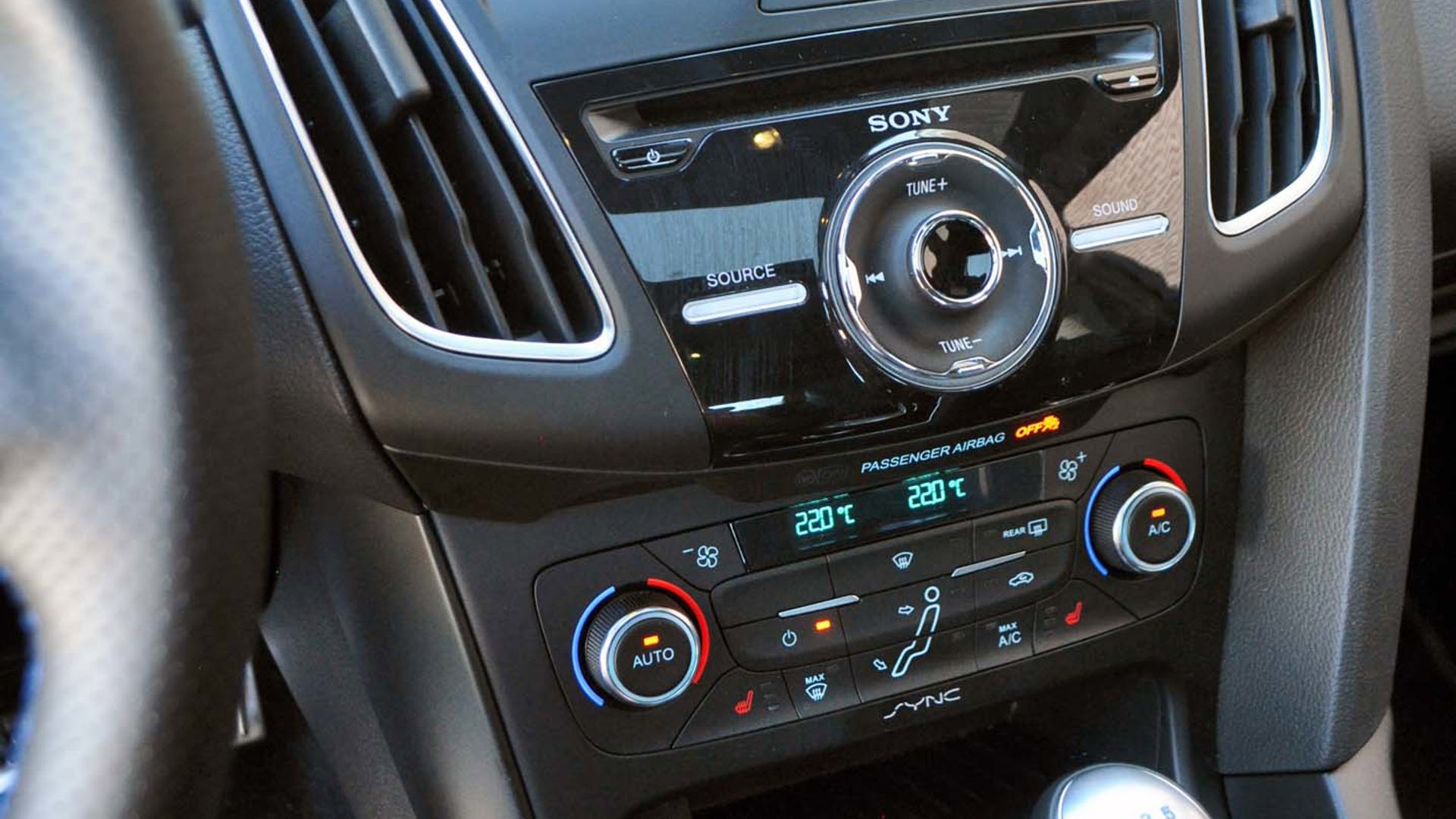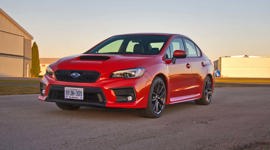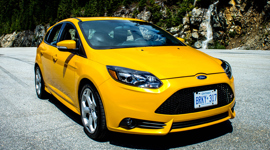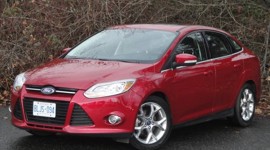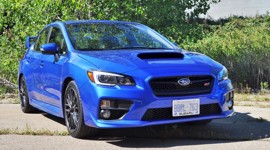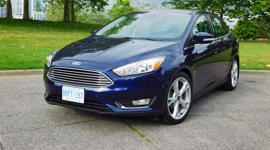Comparison Data
|
2016 Ford Focus RS
|
2017 Subaru WRX STI Sport
|
|---|---|
|
Engine Displacement
2.3L
|
2.5L
|
|
Engine Cylinders
4
|
4
|
|
Peak Horsepower
350 @ 2,000 rpm
|
305 @ 6,000 rpm
|
|
Peak Torque
350 @ 2,000 rpm
|
290 @ 4,000 rpm
|
|
Fuel Economy
10.9 L/100 km
|
12.2 L/100 km
|
|
Cargo Space
562 L / 1,240 L
|
340 L
|
|
Base Price
$47,969
|
$40,795
|
|
Optional Equipment
$995 – Nitrous Blue Quad-coat
|
None
|
|
A/C Tax
$100
|
None
|
|
Destination Fee
$1,600
|
$1,650
|
|
Price as Tested
$50,664
|
$42,445
|
These are happy times we’re living in.
To the pedants out there: yes, of course I realize that the Subaru WRX STI is clearly not a hatchback.
While North America was often overlooked for hot hatches not so long ago, today we’re swimming amongst an embarrassment of riches. For Canadians, who as a general rule love us a good hatchback, this shift is overdue. It means we’re now in the delightful position of pitting tried-and-true classics against keenly anticipated newcomers.
To the pedants out there: yes, of course I realize that the Subaru WRX STI is clearly not a hatchback. But it has spent many years as the king of performance compacts in certain circles amid a lack of better options, and it’s in those same circles that people are gravitating toward the Ken Block–approved Ford Focus RS, wondering which will define the future of street cred.
Can a whip with a trunk that’s getting on in years retain its cachet in the face of new hotness? The answer depends on your perspective.
Before we begin, full disclosure: this comparison focuses on what a buyer will get out of each of these vehicles in everyday, albeit spirited, driving on public roads. This is in no way a track test, and you won’t see the words ‘drift mode’ mentioned again in this article.
Powertrain
This is a fascinating place to start with these two cars because it casts a hard spotlight on the old-versus-new debate.
In the Focus RS’s corner is Ford’s 2.3L four-cylinder EcoBoost engine – the same one that goes into the Ford Mustang, but this one is tuned to put out 350 hp and 350 lb-ft of torque between 2,000 and 4,500 rpm (though Ford says that’s with 93-octane fuel, so the number would be a bit lower for the majority of people who will tend to fill it with run-of-the-mill 91-octane premium out of convenience).
In the Mustang, this engine has a hard time lugging around the car’s weight; in the Focus RS, it’s brilliantly peppy and responsive. It also puts out the most fabulous noises. When I first laid my foot down, I created the most guttural, maniacal laugh that came from some depth of me I didn’t know existed.
By contrast, the WRX STI houses Subaru’s 2.5L four-cylinder Boxer engine with its power output of 305 hp at 6,000 rpm and 290 lb-ft of torque at 4,000 rpm – beautifully balanced and mounted lower in the compartment than that of the Focus to lower the centre of gravity, but it also hasn’t been substantially updated in more than 10 years.
Where this bites back most is in operational efficiency and fuel economy. The WRX STI revs at about 2,450 rpm at 100 km/h and 2,900 rpm at 120 km/h in 6th gear, and its combined NRCan fuel rating is 12.2 L/100 km. The Focus RS runs at 2,200 rpm at 100 km/h and 2,800 rpm at 120 km/h in 6th and delivers a combined rating of 10.9 L/100 km, a number reached with the added help of active grille shutters among other advancements.
And the Boxer engine is plenty loud and makes good noises, too – just not quite as good as those from the EcoBoost.
Both cars come equipped with six-speed manual transmissions. Honesty time: I used to think the WRX STI’s was pretty great, until I tried the one in the Focus RS.
The overall setup for the transmission in the WRX STI is a little nicer. The feeling on the shifter knob is more comfortable, and its sport pedals are more attractive while the ones in the Focus RS are pretty plain.
But once it’s actually in motion, the WRX STI’s transmission is noticeably less compliant. The clutch is a lot longer and vaguer, and the action on the shifter isn’t as sharp and well-defined. Shifting in the Focus RS is a lot less work, while getting going in the WRX STI feels like an accomplishment, especially in stop-and-go traffic.
This is where some street cred discussion begins to come into play: to work the transmission in the WRX STI, you need to be better at driving stick. And all your friends at your local Cars and Coffee get-together will know it.
Handling
Both the Focus RS and the WRX STI come with a sophisticated all-wheel-drive system as standard.
The latter equips Subaru’s Driver Control Centre Differential system that uses both an electromagnetic multi-plate transfer clutch and a mechanical lock of a limited-slip diff to adjust torque distribution from front to rear, including three automatic and six manual modes.
The Focus RS uses a custom-developed version of GKN’s Twinster torque-vectoring all-wheel-drive system that favours the front wheels at launch and the rears at speed, plus monitors and adjusts delivery to all four wheels independently as required – and then there are the four drive modes that tweak that output even more depending on the type of response you’re looking for. It’s pretty trick.
The Sport trim of the WRX STI comes with 18-inch cast aluminum alloy wheels mounted with Dunlop SP Sport Maxx RT tires. (For forged wheels, you’ll need to upgrade to the Sport-tech trim.)
On the Focus RS, you get 19-inch aluminum wheels with low-profile Michelin Pilot Sport Cup 2 rubber. (And very hot looking rims, and matchy-matchy brake calipers.)
In steering, the WRX STI still uses a hydraulic system while the system in the Focus RS is electric. I found when driving them back to back that although the Ford’s steering is tight and responsive, I notice more real-world feedback from the Subaru that I came to appreciate anew. Your mileage may vary.
Going down everyday roads, the WRX STI with its lower centre of gravity is somewhat harsher over bumps but maintains its composure well. The Focus RS, on the other hand, has clearly undergone a concerted effort to make it feel smoother, but the result is that it also feels bouncier and isn’t quite as quick to rein itself back in.
Comfort and convenience
Both contenders have sports seats here with similar functionality, but even the base Recaros in the Focus RS are amazingly comfortable and supportive. The seats in the WRX STI feel flat and hard in comparison.
However, this works both ways – the Recaros are bulky, which adds to an overall more cramped feeling in the Focus RS’s interior. (The fact that my left leg kept hitting the steering column as I shifted may have added to this sensation.) The WRX STI is similar in size but feels roomier inside, and it’s easier to, say, turn and reach to the back seat to hand something to one of your kids.
Speaking of little ones, their hardware is better accommodated in the WRX STI, too. The LATCH connectors are in a hollowed out area tucked under a flap, which makes them remarkably easy to access. The hooks in the Focus RS, by contrast, are wedged between the seat cushions as most automakers do. Subaru really stands out on this point.
Those who like to tinker will find the WRX STI more inviting: its hood is mounted on struts while the Focus RS’s hood gets only a prop rod. This is hardly worth a mention in most situations, but again, it does take away a bit of cachet with the Cars and Coffee crowd.
Cargo space
This is where things get interesting.
The Focus RS is a hatch, and so your immediate assumption is that the cargo space is larger and easier to use, right?
On paper, that adds up: the WRX STI’s trunk holds 340L, while the Focus RS can fit 562L behind its rear seats and 1,240L behind the first row.
However, the second-row seats in the Focus RS sit at an incline when folded, while in the WRX STI they go perfectly flat.
This means that the latter holds long and flat objects more securely and might actually be better suited to your needs depending on what you tend to carry around. For tall suitcases and boxes you’ll still want the Focus RS, but if shorter and flatter objects such as hockey bags are more your style, you may find the WRX STI easier to deal with.
Infotainment and technology
Neither of these cars boasts a perfect system, but with its new Sync 3 system Ford takes the lead in this match-up.
Its phone functionality and voice recognition are vastly improved over the outgoing MyFord Touch, though in living with Sync 3 for a few days I still found that simple tasks like flipping channels on satellite radio take a little longer than I would like.
Subaru’s system is not only equally slow but it also adds in relatively frequent signal drops, too-small text, and speed-controlled volume adjustment that’s a little too aggressive.
The WRX STI Sport tested here also doesn’t come with navigation as the Focus RS does. Buyers need to upgrade to the Sport-tech trim to add that feature (among others such as a Harman Kardon sound system, forged aluminum alloy wheels, and a proximity key), which adds $4,600 to the purchase price.
Verdict
This is one situation where your preference really will depend on exactly what you want your car to say about you.
I have no one in particular I feel the need to impress with my driving prowess, and the Ford Focus RS makes me feel like a better driver while being easier to live with day-to-day. Given that the price difference to get up to Sport-tech in the WRX STI puts it similar in price to get the features I like, the Focus RS wins my vote.
On the other hand, if you don’t need a long feature list then WRX STI remains a good and fun car available at a more frugal price point. Plus, those who put a lot of stock in appearances will still have plenty to crow about in the way of bragging rights.
That said, Subaru’s brand new Impreza is on the verge of hitting the pavement. Since it’s built on the same platform as the WRX, that means a brand new WRX STI may not be very far behind.
If that’s the case, expect to be having this exact same discussion again within a couple of years.
